Shower surrounds have evolved from simple water barriers into focal points of bathroom design, offering a wealth of materials, patterns, and textures to suit every aesthetic and budget. From timeless subway tiles to sleek acrylic panels and luxurious stone slabs, modern surrounds balance durability with style, transforming daily routines into spa-like experiences. Innovations such as grout-free wet wall panels and large-format porcelain reduce maintenance while expanding design possibilities, and emerging trends like mixed-metal accents and bold color palettes bring personality to the shower zone. Whether you’re undertaking a full remodel or a modest upgrade, these 20 ideas provide inspiration for creating a standout shower surround that complements your space and lifestyle.
1. Classic Subway Tile Surround
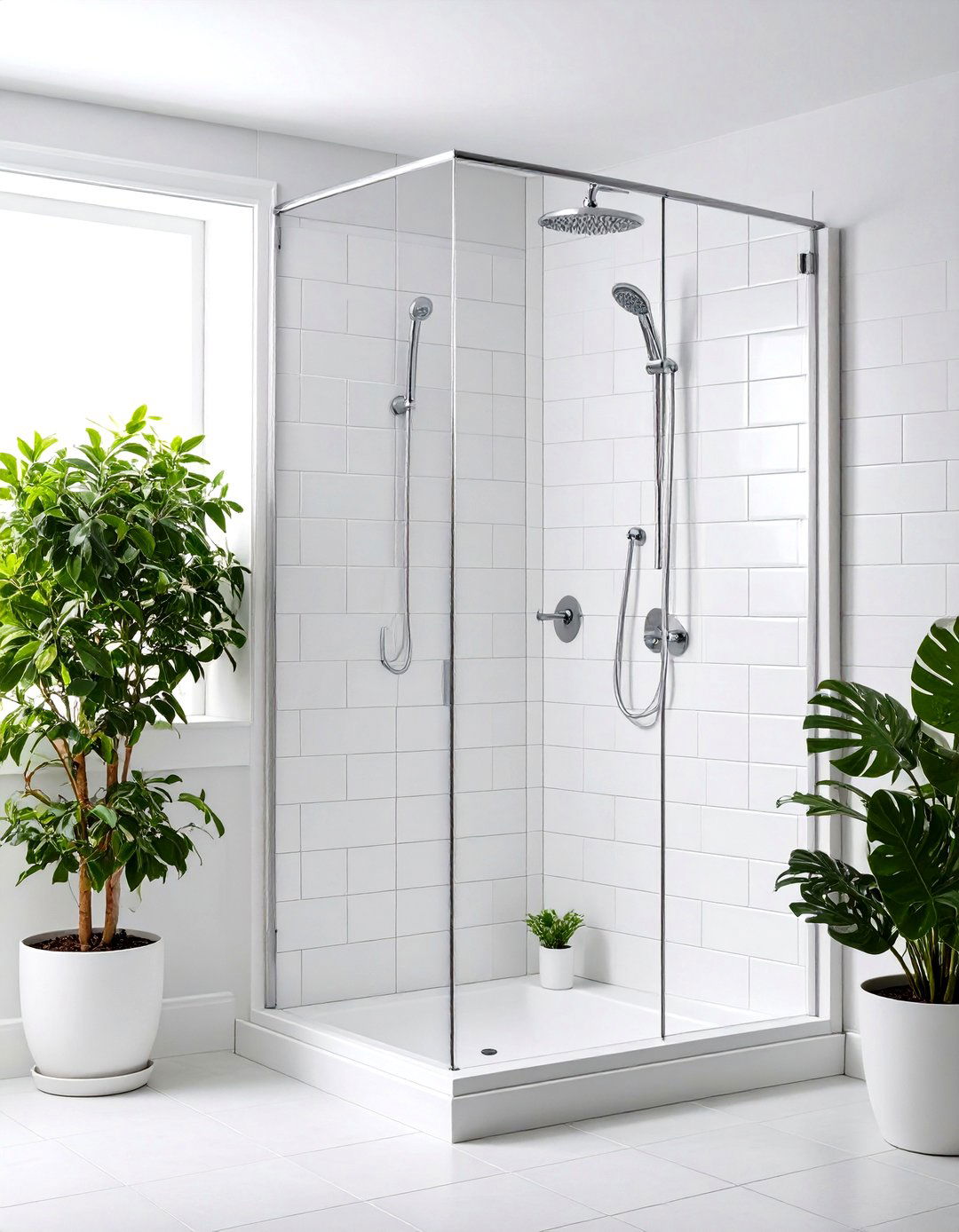
Subway tile remains a go-to choice for its clean lines, versatility, and ease of maintenance, making it ideal for both traditional and contemporary bathrooms. Available in a spectrum of colors—from crisp white to moody charcoal—subway tiles can be arranged in classic running bond or more dynamic layouts like vertical stacks or herringbone patterns to add visual interest. Their budget-friendly price point and simple installation have cemented subway tiles as a perennial favorite, and pairing them with darker grout can accentuate the grid for a more graphic effect.
2. Large-Format Porcelain Slab
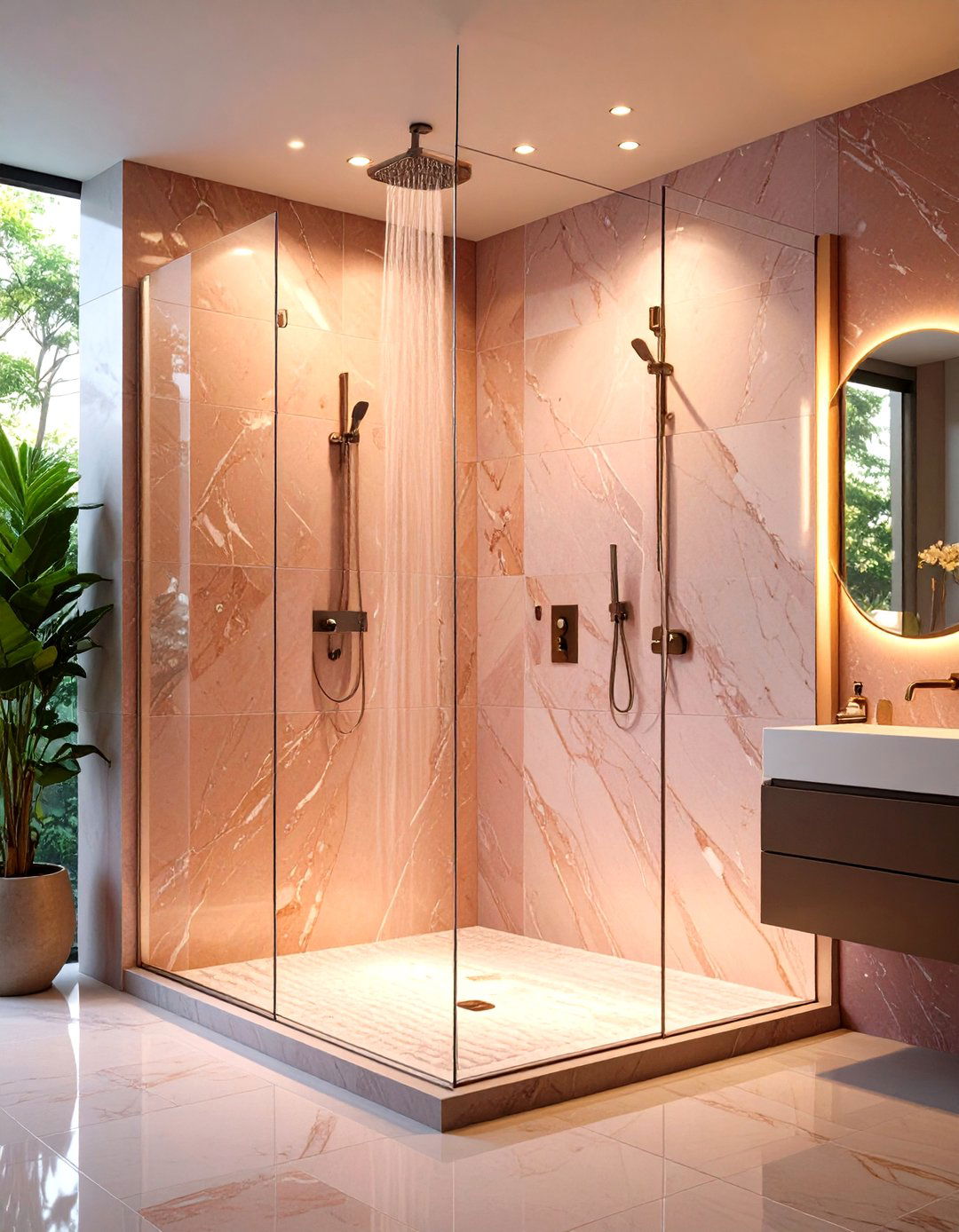
Large-format porcelain slabs offer a seamless, grout-minimal surround that brings a modern, spa-like sensibility to the shower. These oversized panels can mimic marble, concrete, or wood textures with high-definition printing, delivering luxe visuals without the upkeep of natural materials. Their large dimensions reduce seams, limiting areas where mold and grime accumulate, and the durable porcelain surface resists staining, scratching, and moisture. Ideal for contemporary or minimalist bathrooms, porcelain slabs provide a sleek, uninterrupted backdrop that visually expands even compact shower enclosures.
3. Frameless Glass Panel Surround
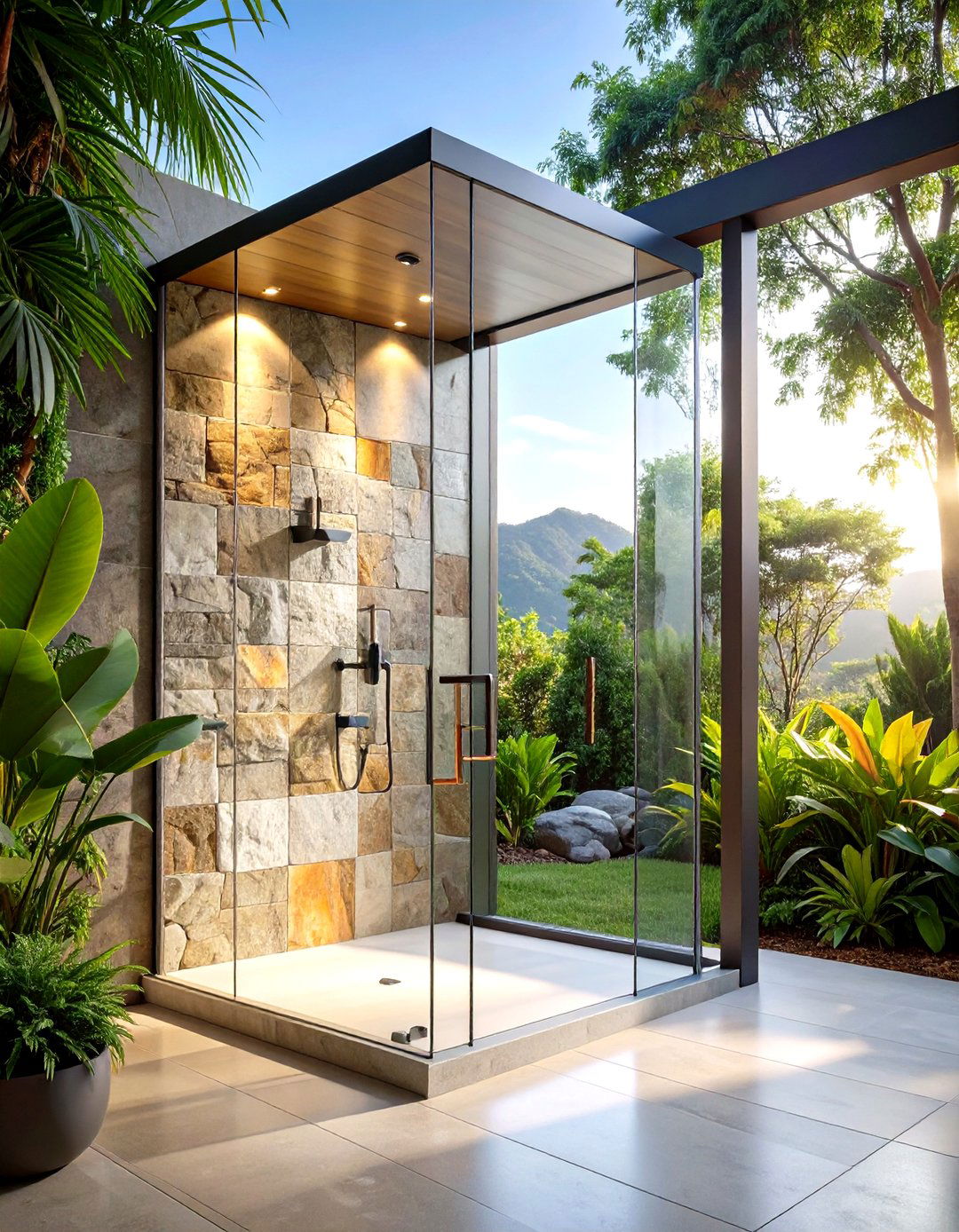
A frameless glass surround opens up the bathroom by eliminating visual barriers, showcasing the shower’s interior finishes and enhancing natural light flow. Tempered safety glass panels can be configured as a single fixed wall, a pivot door, or a combination, offering flexibility for varied bathroom layouts. The minimalist hardware and unobstructed sightlines make glass surrounds perfect for highlighting feature walls—whether tiled or stone-clad—while the smooth surface simplifies cleaning and maintenance compared to framed enclosures.
4. Full-Height Marble Slab
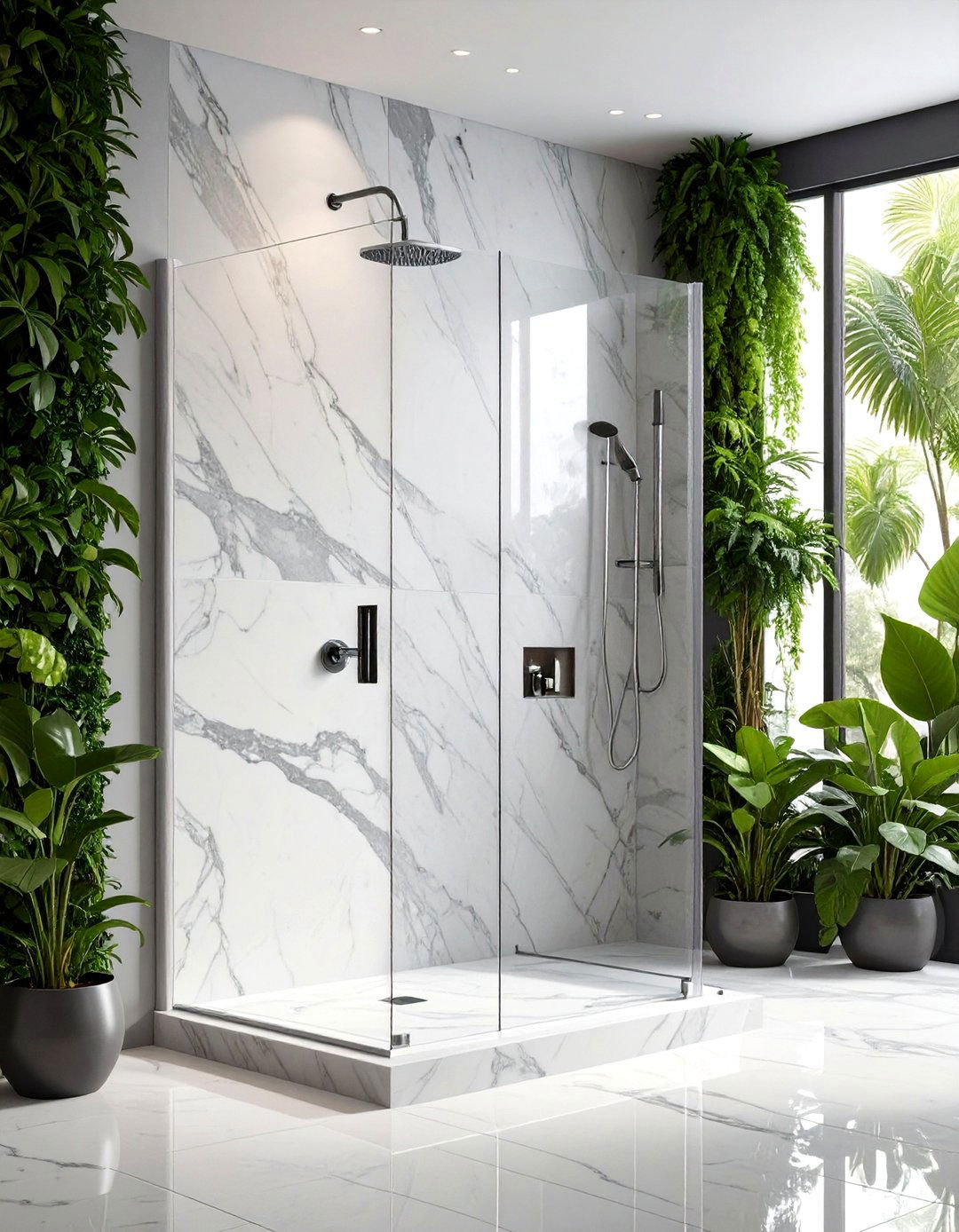
Marble slab surrounds exude timeless luxury, enveloping the shower in the stone’s natural veining and elegant sheen. Whether you opt for classic Carrara’s soft gray veins or dramatic Nero Marquina’s bold contrasts, marble transforms the shower into a sophisticated retreat. Full-height installation—extending from floor to ceiling—creates a monolithic look that minimizes grout lines and emphasizes marble’s inherent beauty. While marble requires sealing to protect against staining, its enduring appeal and uniqueness make it a coveted choice for upscale bathroom renovations.
5. Mosaic Accent Wall
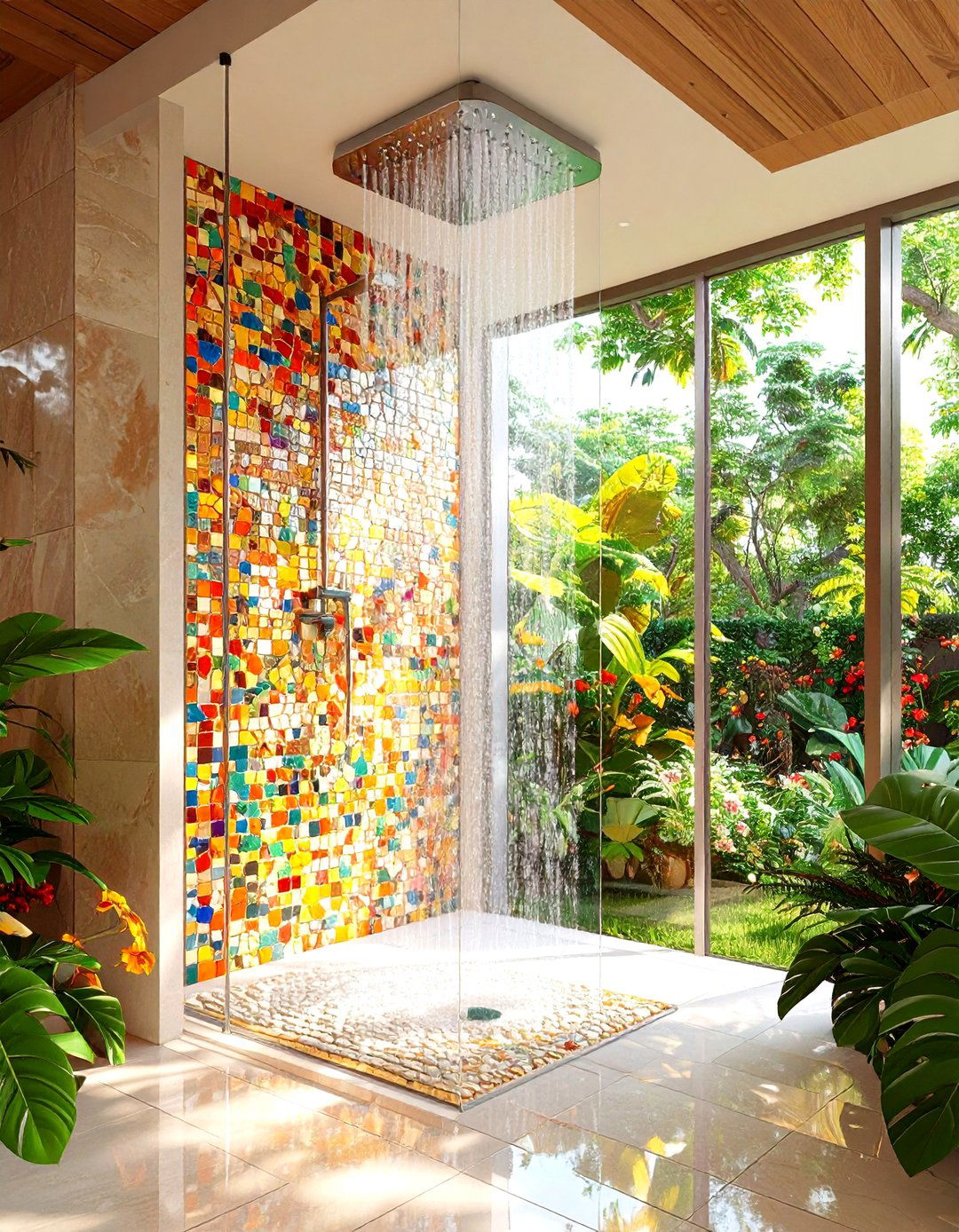
A mosaic tile accent—composed of glass, ceramic, or natural stone tesserae—adds texture and color to a shower surround, serving as an eye-catching focal point. Whether arranged in a uniform color palette for subtle shimmer or mixed hues for a kaleidoscopic effect, mosaics allow for intricate patterns and artistic flair. Incorporating mosaics into a recessed niche or a full feature wall can break up larger tile fields and introduce a personalized touch.
6. Herringbone Tile Pattern
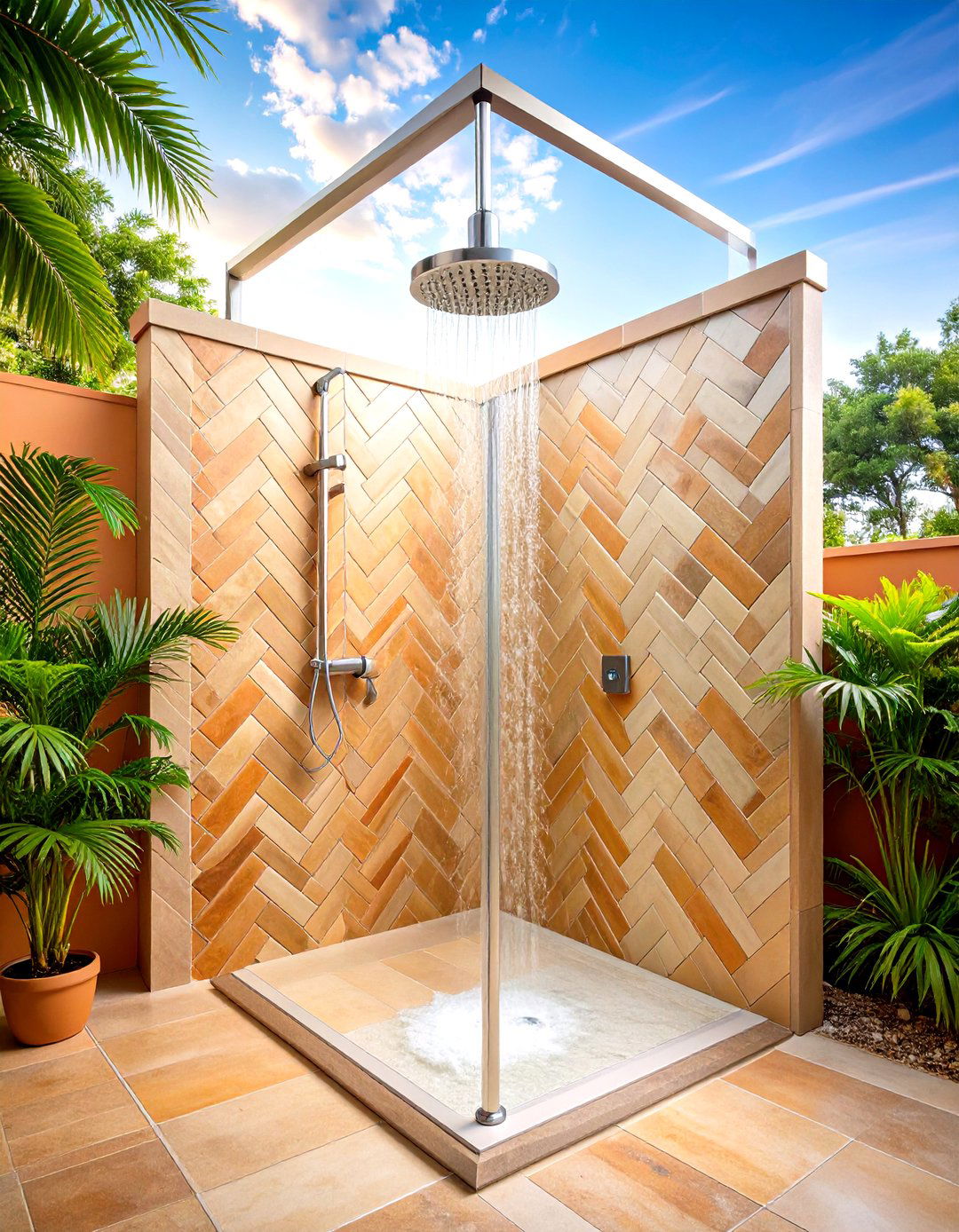
Laying rectangular tiles in a herringbone pattern creates dynamic movement and depth on shower walls, elevating simple tiles into a designer-worthy surround. This layout works beautifully with elongated subway tiles or wood-look porcelain planks, infusing both classic and rustic styles with a contemporary twist. Herringbone patterns draw the eye across the space, making smaller showers feel larger, and their repetitive V-shaped design complements a variety of color schemes and grout contrasts.
7. Cement Render / Microcement
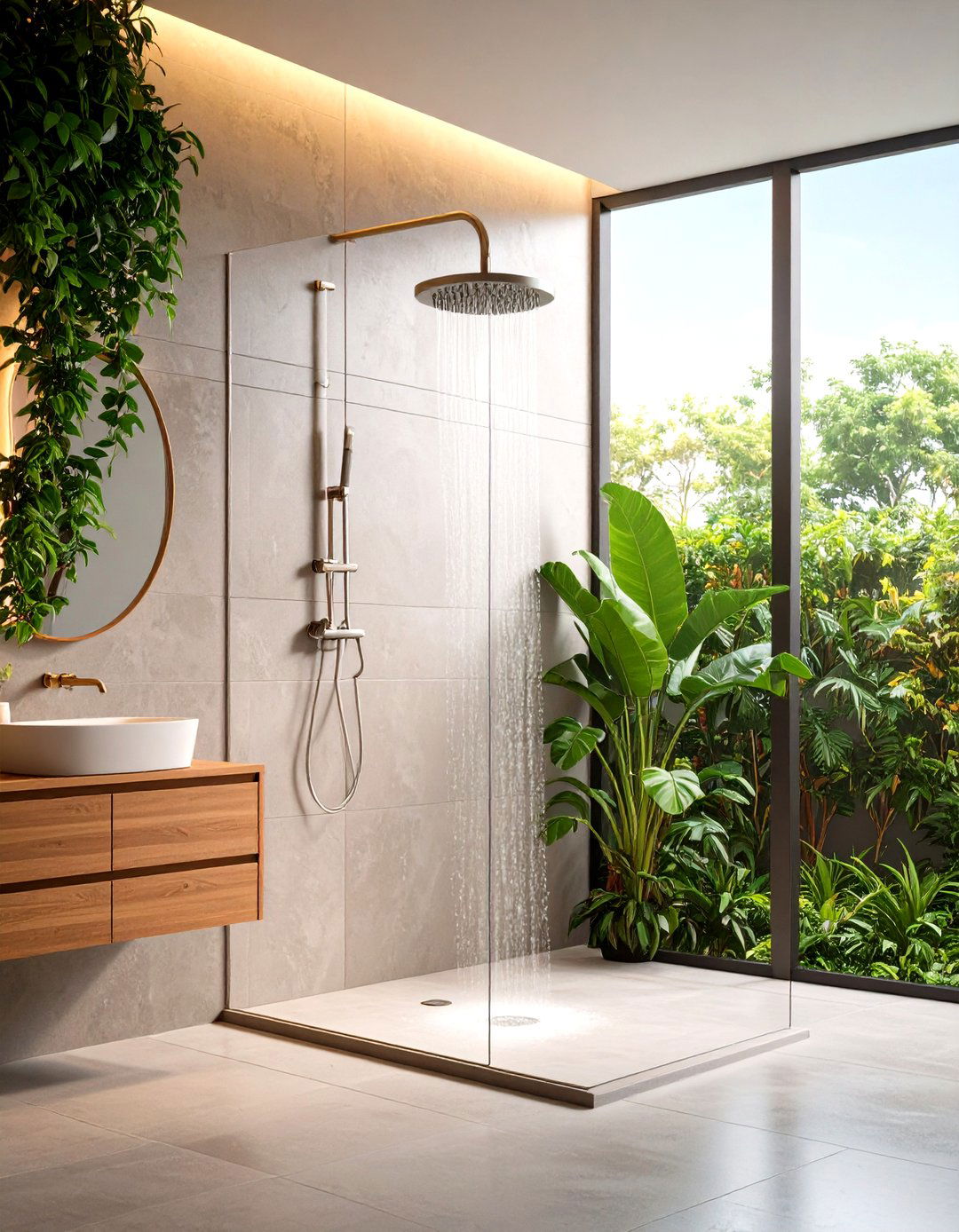
Microcement and cement render provide a seamless, industrial-chic finish for shower surrounds, with smooth, matte surfaces that feel tactile and modern. Applied in thin layers over waterproof substrates, microcement can contour to curves and corners without grout lines, creating a monolithic look that emphasizes clean geometry. Available in muted neutrals, dark charcoals, or custom pigments, cement-based finishes suit minimalist and rustic styles alike, though professional installation is recommended for optimal waterproofing and durability.
8. Low-Maintenance Acrylic Panels

Acrylic shower panels offer a cost-effective, grout-free alternative to tile, featuring large sheets in solid colors or printed textures that cut installation time and maintenance needs. Completely waterproof and easy to clean, modern acrylic panels mimic marble, stone, or wood grains without the risk of water infiltration or grout discoloration. Homeowners appreciate the DIY-friendly installation and durability, though premium acrylic may scratch over time; regular non-abrasive cleaning preserves the glossy finish.
9. Wet Wall PVC Panels

Grout-free PVC wet wall panels come in a wide range of finishes—from polished marble effects to wood-look grains—and install via interlocking joints for rapid renovation. Waterproof and low-maintenance, these panels resist mold and mildew, making them ideal for rental properties or budget-conscious remodels. While they may lack the premium feel of tile or stone, high-impact PVC panels in seamless installations deliver impactful aesthetics at a fraction of the cost.
10. Natural Stone Tile
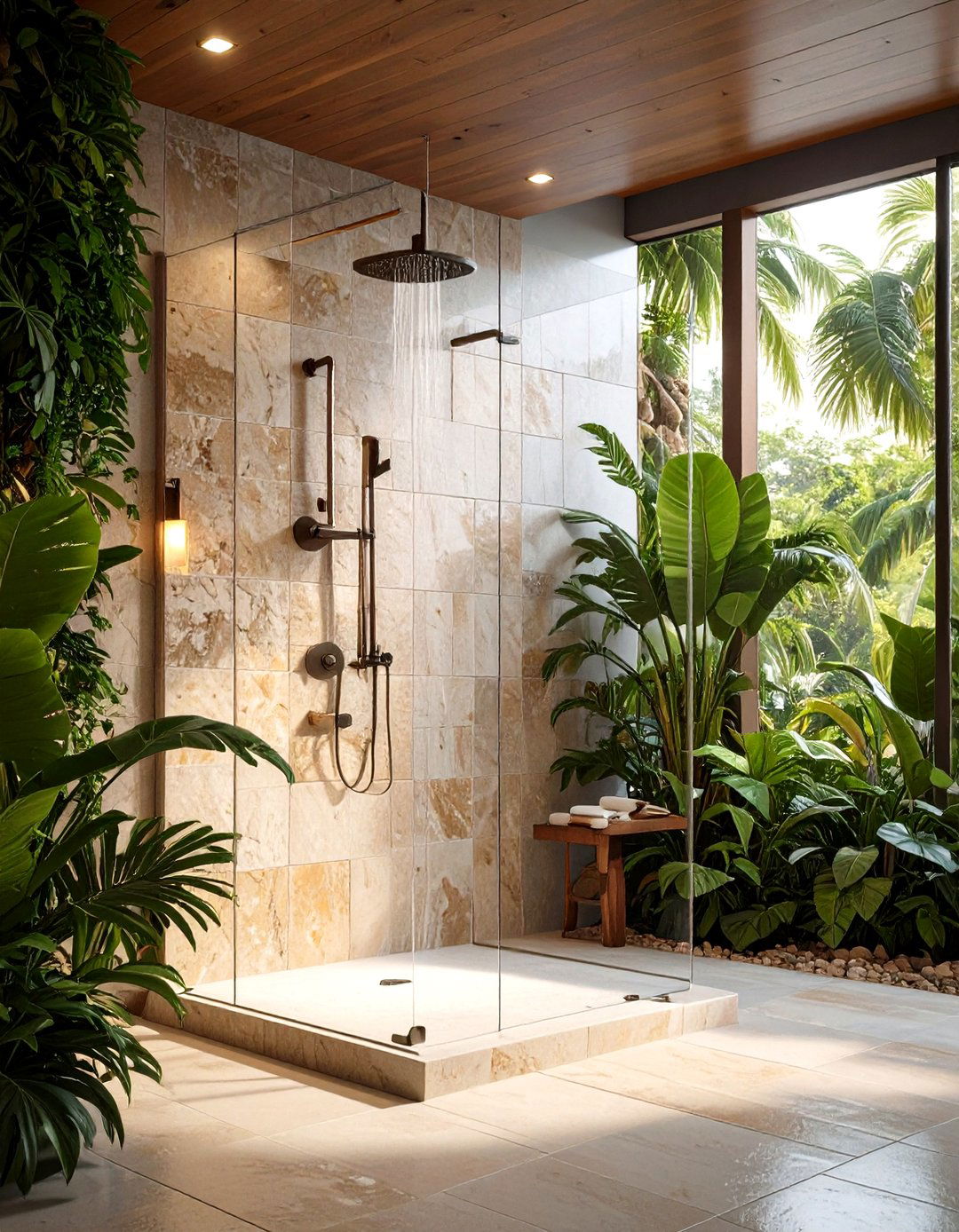
Stone tile surrounds—such as slate, travertine, or limestone—impart an earthy, organic ambiance that blends well with nature-inspired interiors. Each stone type offers distinct textures and color variations, from slate’s rugged slate gray layers to travertine’s warm, pitted surfaces. Proper sealing is essential to protect against water absorption and staining, but the unique character of natural stone creates a one-of-a-kind shower environment.
11. Patterned Cement Tiles
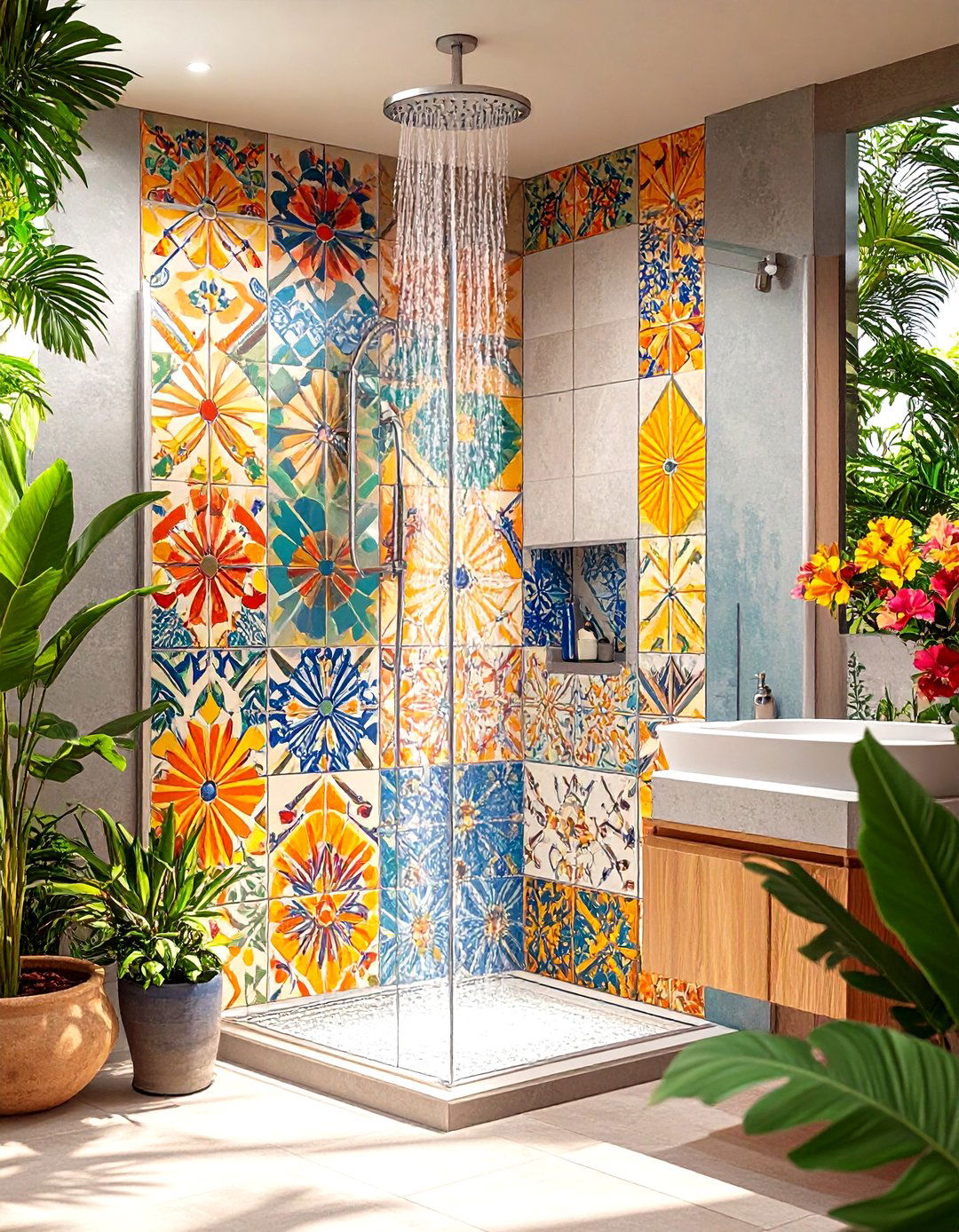
Colorful, patterned cement tiles bring artisanal charm and bold graphics to shower surrounds, often featuring geometric or floral motifs reminiscent of Mediterranean villas. While they require sealing due to cement’s porosity, the hand-crafted aesthetic and vibrant hues make a strong design statement. Pairing patterned floor-to-ceiling or using them as a feature strip against neutral tiles accentuates their visual impact.
12. Vertical Wood-Look Planks
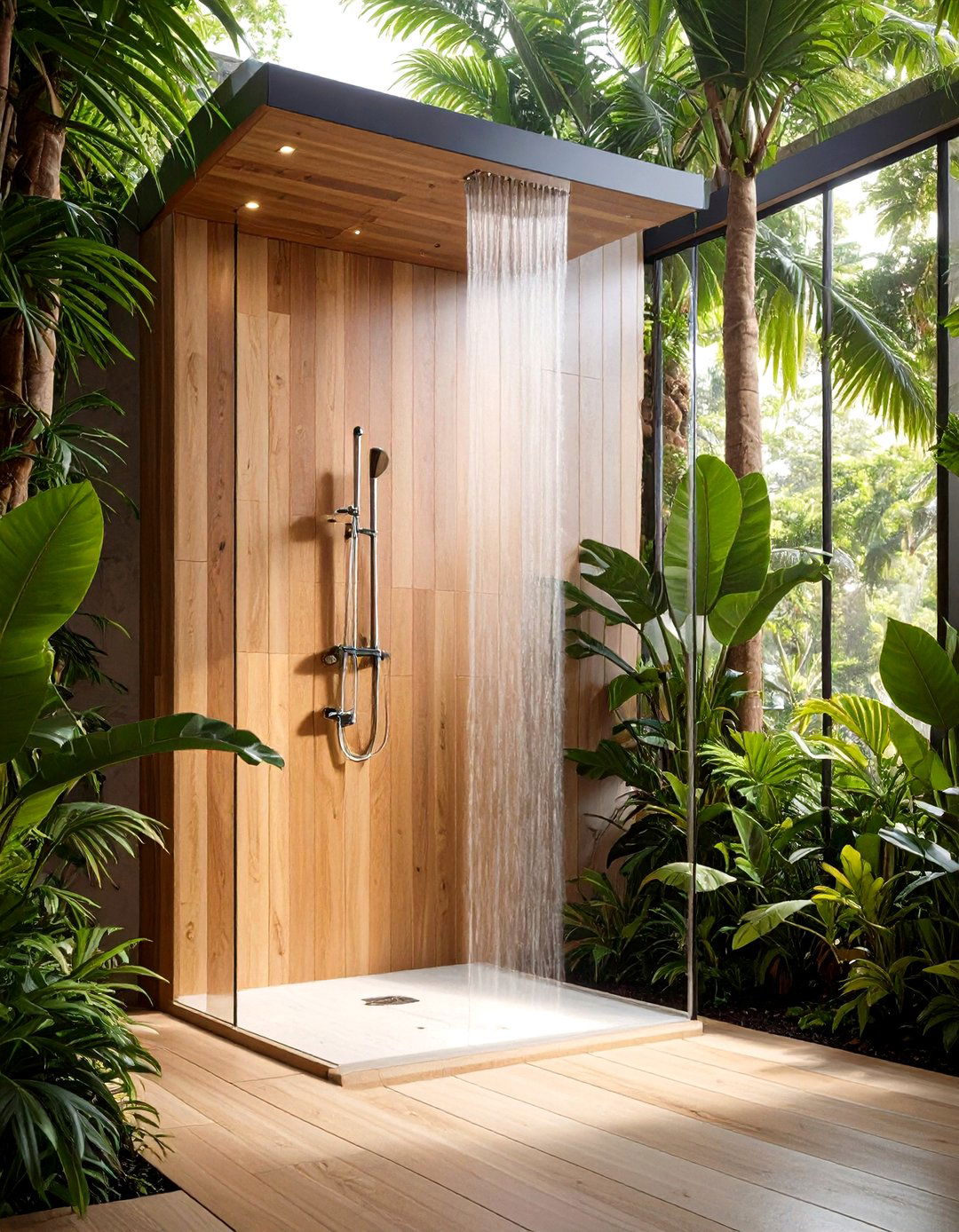
Porcelain or composite tiles that mimic wood planks can be installed vertically on shower walls to create the illusion of elongation and warmth without the maintenance concerns of real wood. Textured surfaces and realistic grain patterns lend authenticity, while porcelain’s water resistance and durability ensure longevity. Vertical orientation also directs the eye upward, making high ceilings feel even taller.
13. Matte Black Tile Surround
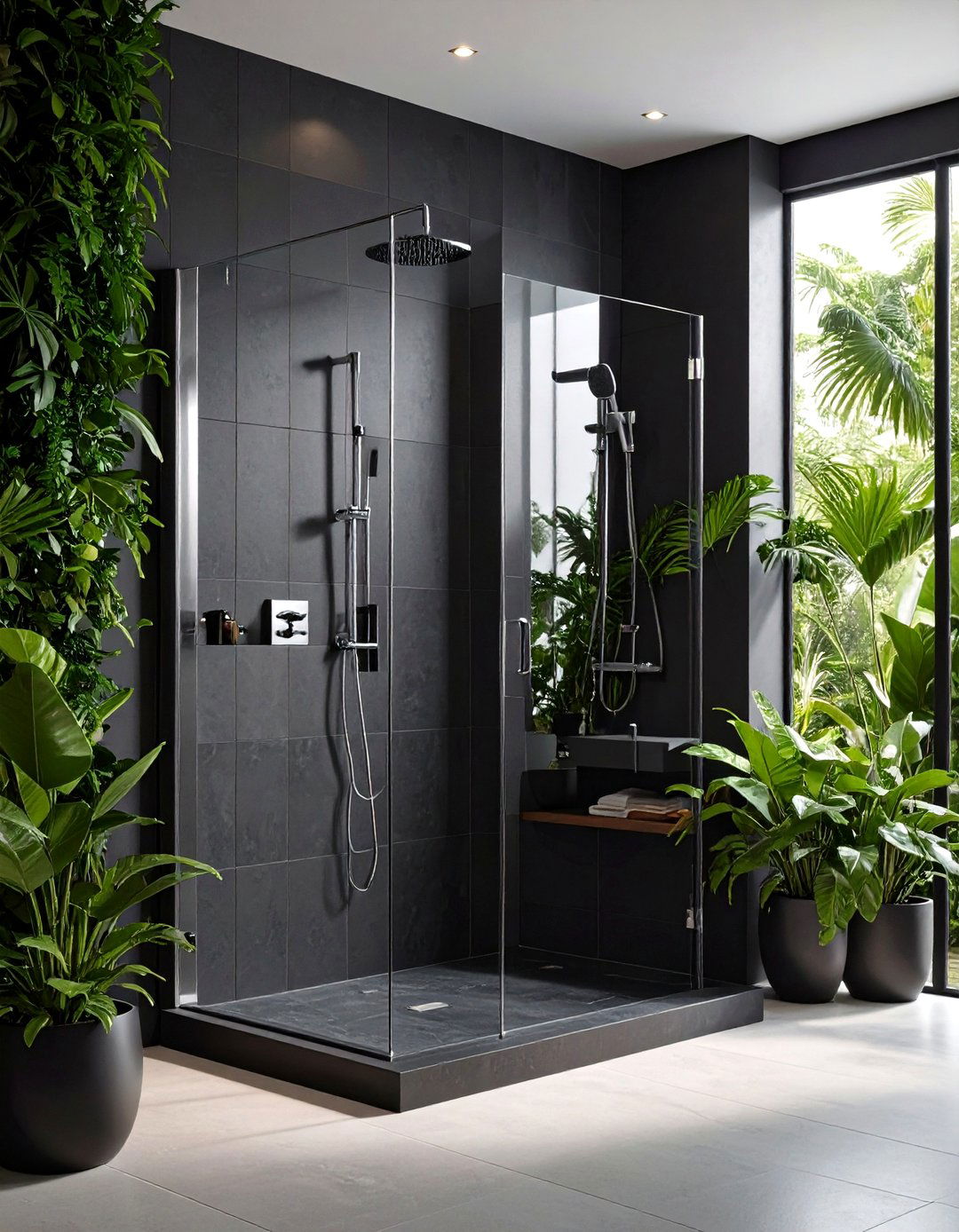
Matte black tiles impart a sleek, bold aesthetic to shower surrounds, creating a dramatic backdrop that contrasts beautifully with metallic fixtures. The subdued finish hides water spots better than glossy tiles, and when paired with brass or chrome accents, matte black exudes modern sophistication. This dark palette works particularly well in well-lit bathrooms or when balanced with lighter elements.
14. Two-Tone Tile Surround
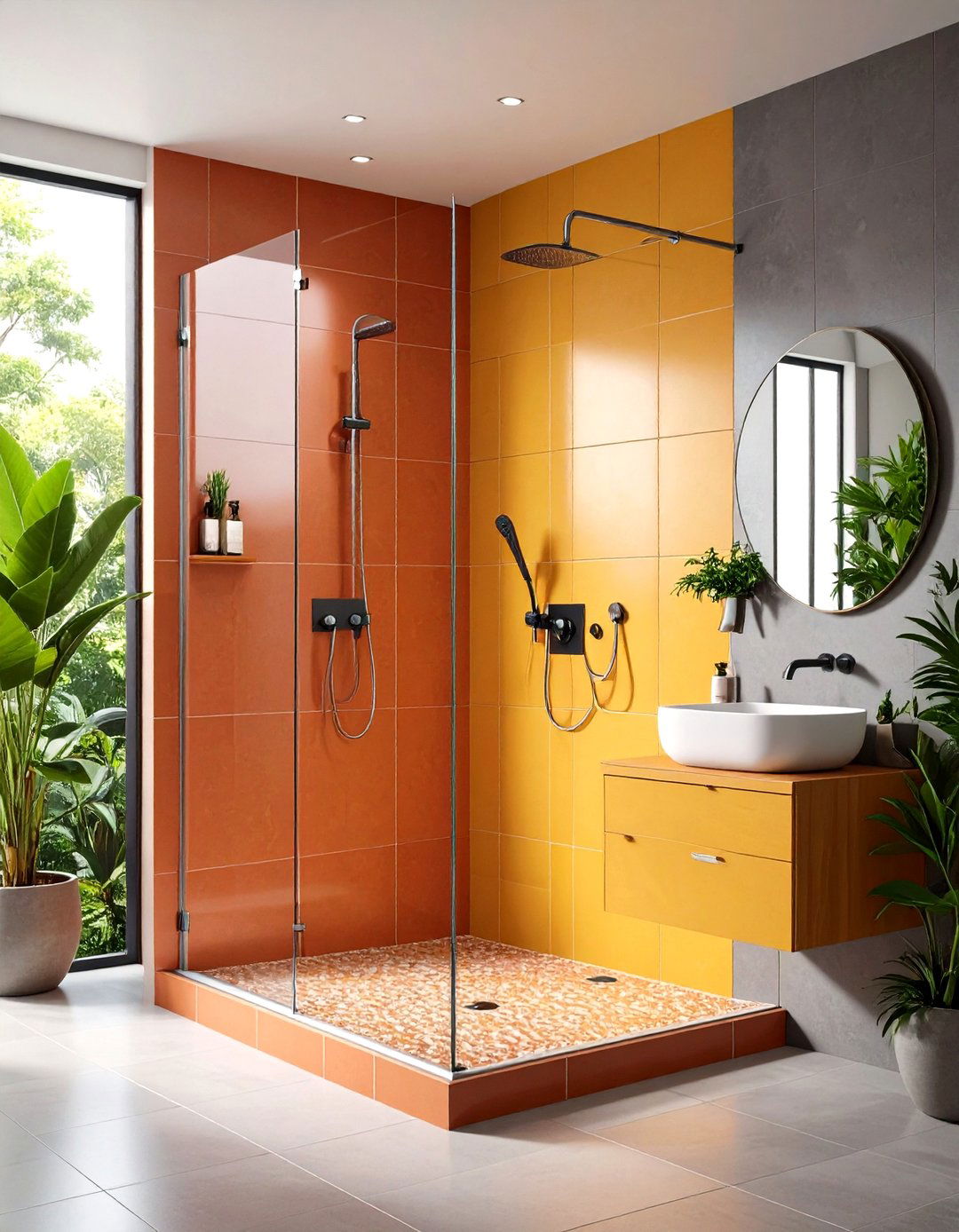
Dividing the shower surround horizontally or vertically into two contrasting tile colors—such as white and navy or gray and blush—introduces playful geometry and personalized style. The transition can align with plumbing fixtures or niches, emphasizing functional features while breaking up expanses of wall tile. Two-tone surrounds suit eclectic and contemporary bathrooms alike.
15. Curved Glass Block Wall
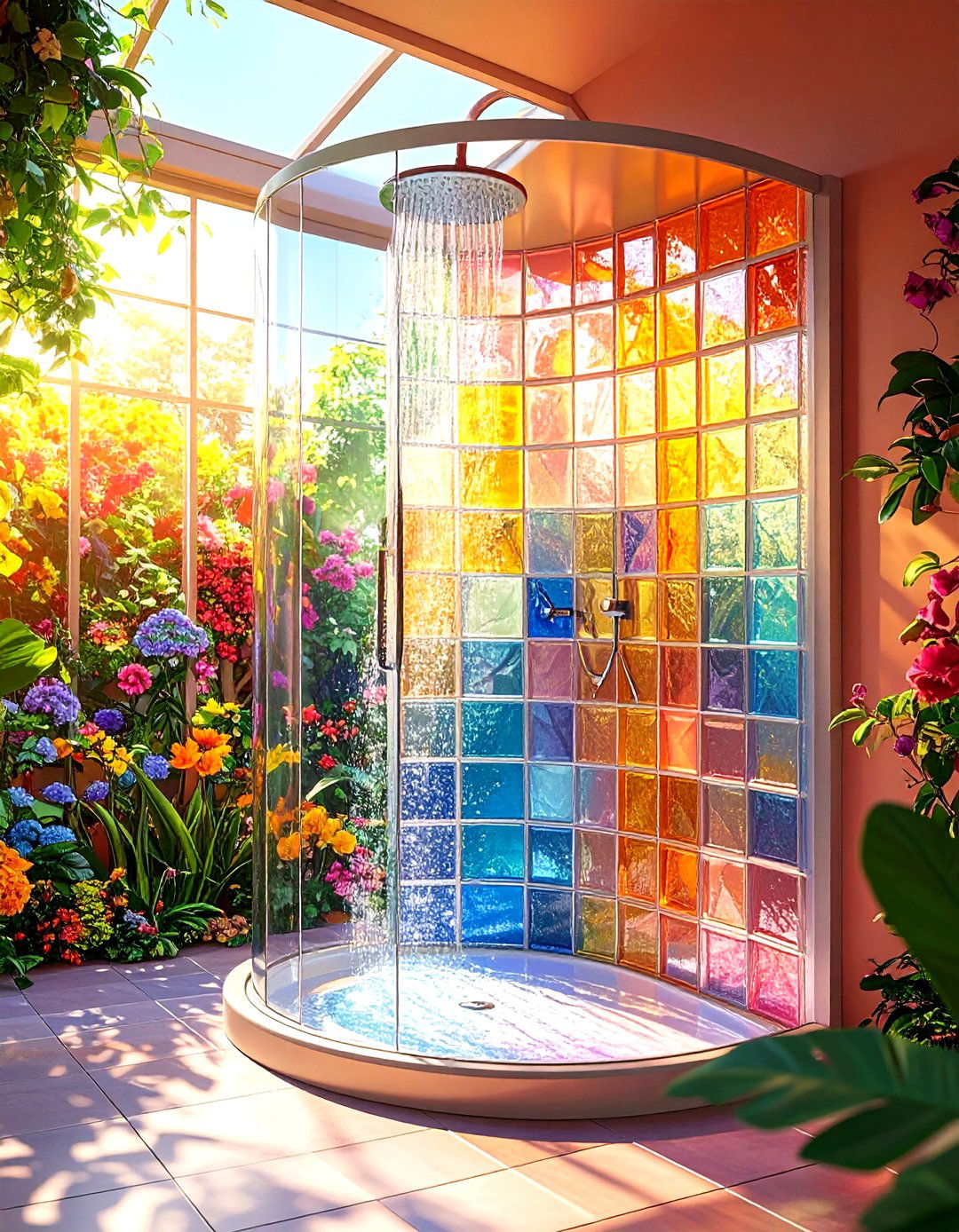
Glass block walls offer privacy while allowing natural light to filter into the shower, adding a sculptural element with their translucent texture. Curved or segmented installations can wrap around the shower’s perimeter for an artful, retro-inspired design. The blocks’ sealed joints minimize leakage, and individual blocks can be replaced if damaged.
16. Integrated Niche with Contrasting Tile
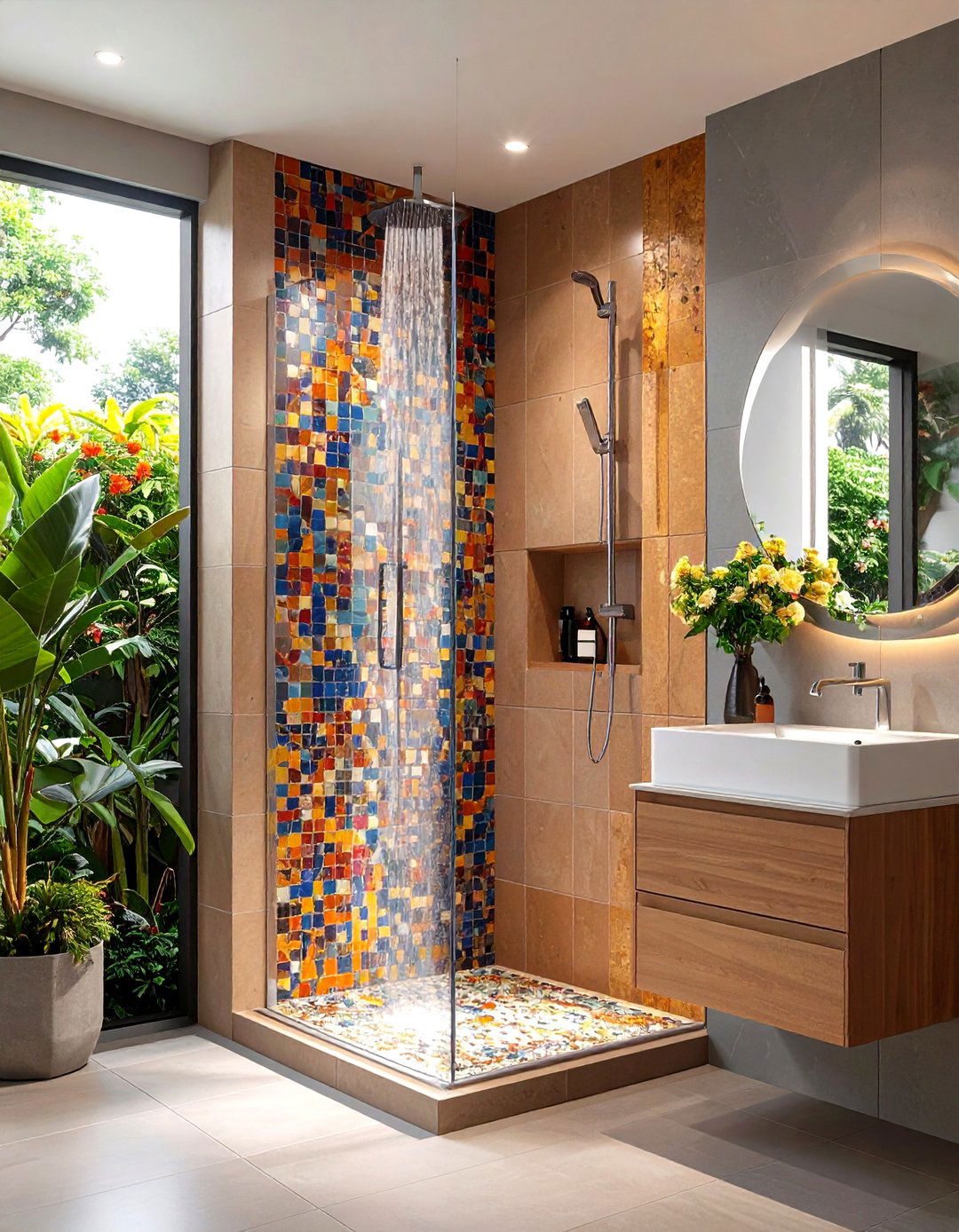
Incorporating recessed niches into the surround and lining them with contrasting tile—such as a mosaic or bold color—adds both storage and a decorative focal point. These niches keep toiletries organized out of sight and allow creativity in pattern and texture, making functional details into design highlights.
17. Tadelakt Moroccan Plaster
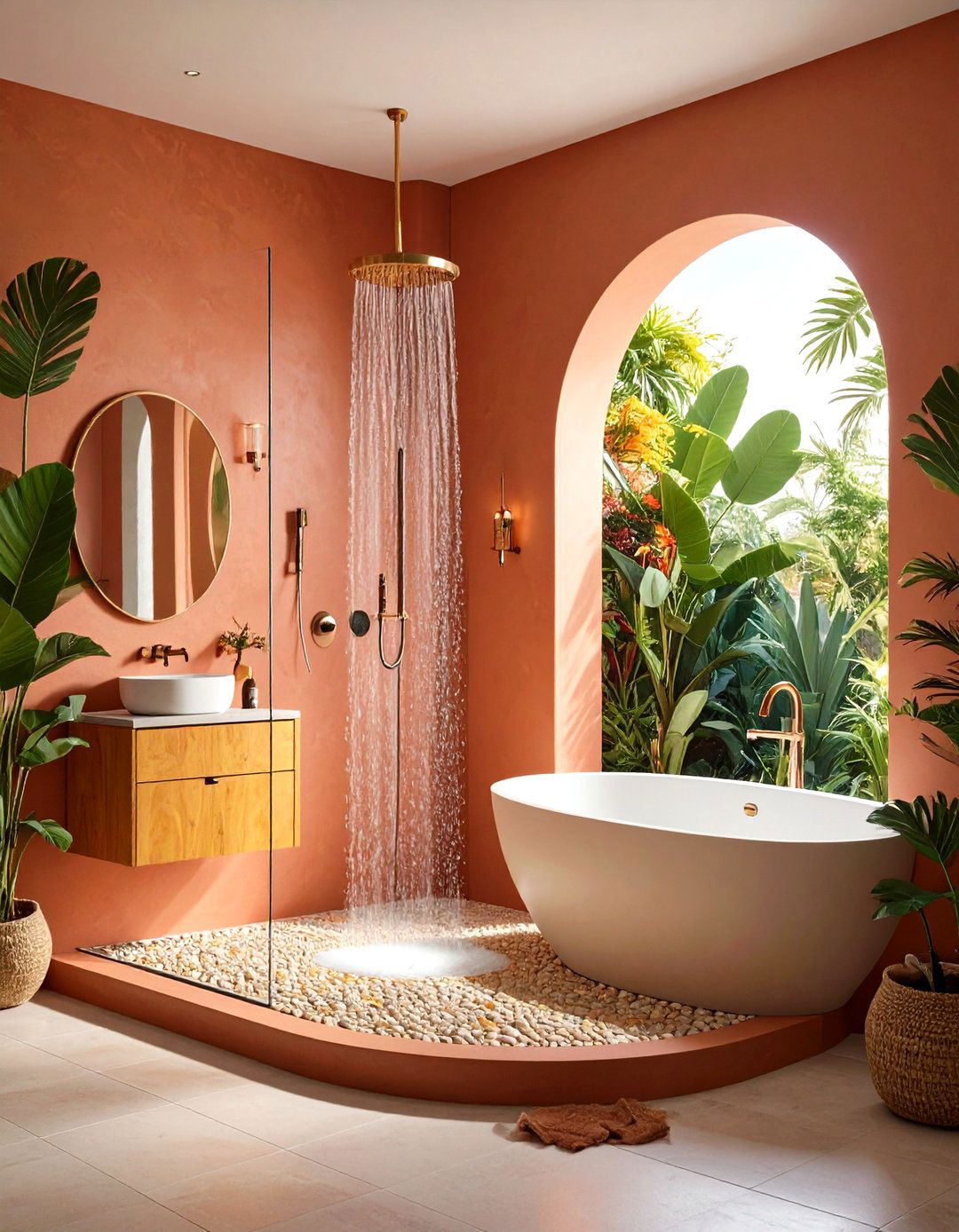
Tadelakt, a traditional Moroccan lime plaster, creates a smooth, waterproof, hand-polished finish in organic curves, lending a spa-like, crafted feel to the shower. Its subtle undulating surface and soft sheen evoke artisanal luxury, though professional application and regular maintenance with olive oil soap are required to preserve its water-resistant properties.
18. Pebble Stone Floor-to-Ceiling
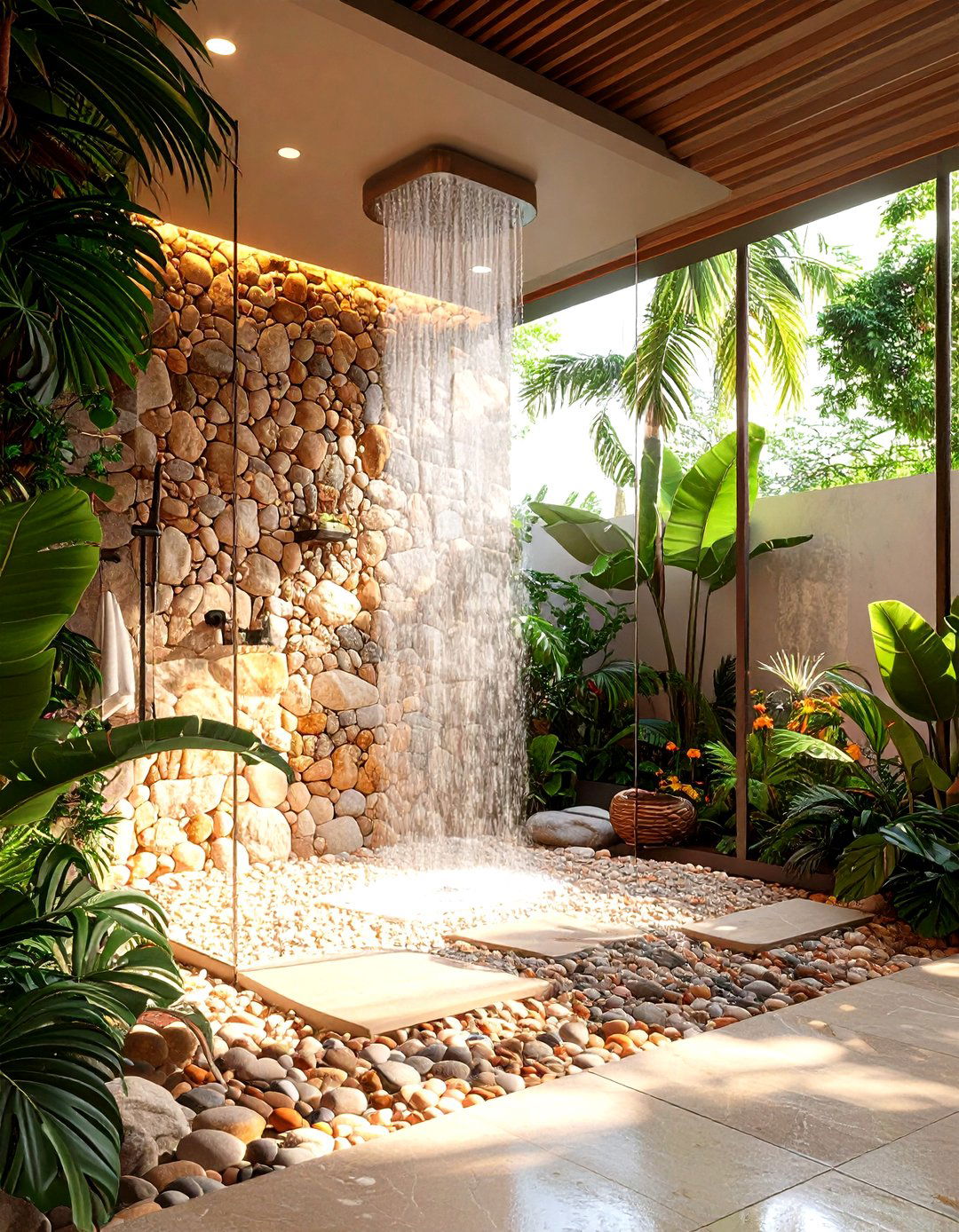
Extending pebble stone—usually reserved for shower floors—up the walls creates a tactile, nature-inspired surround that encourages a sensory shower experience. The uneven surface provides gentle foot massage, while the organic shapes and colors of natural pebbles bring an earthy, zen-like ambiance.
19. Metallic Tile Inlays
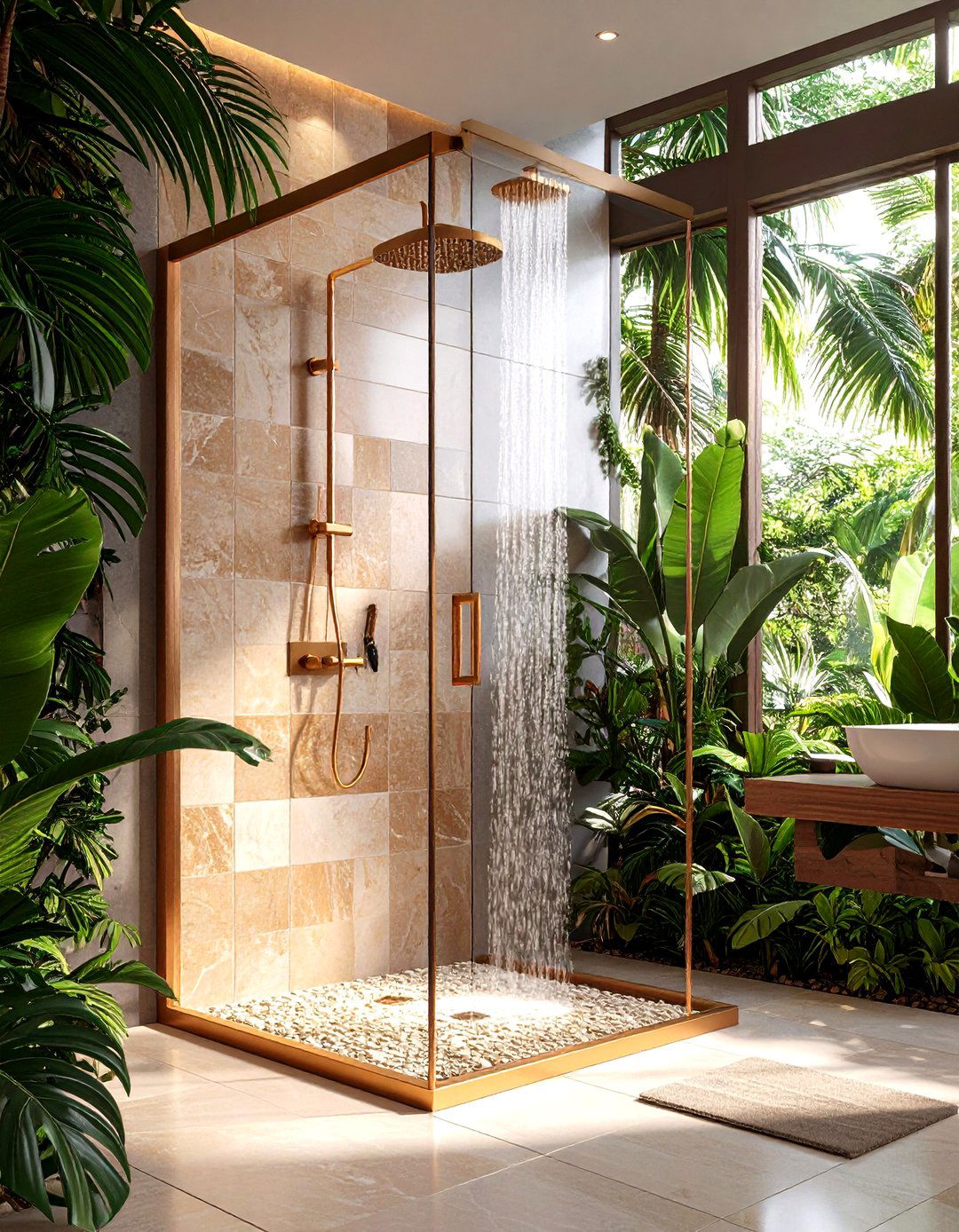
Incorporating metallic tile strips or inlays—such as brass, copper, or stainless steel—within a ceramic or porcelain surround adds reflective accents and modern luxury. These metal elements catch light and coordinate seamlessly with metallic fixtures, creating cohesive, high-end design details.
20. Textured 3D Tile
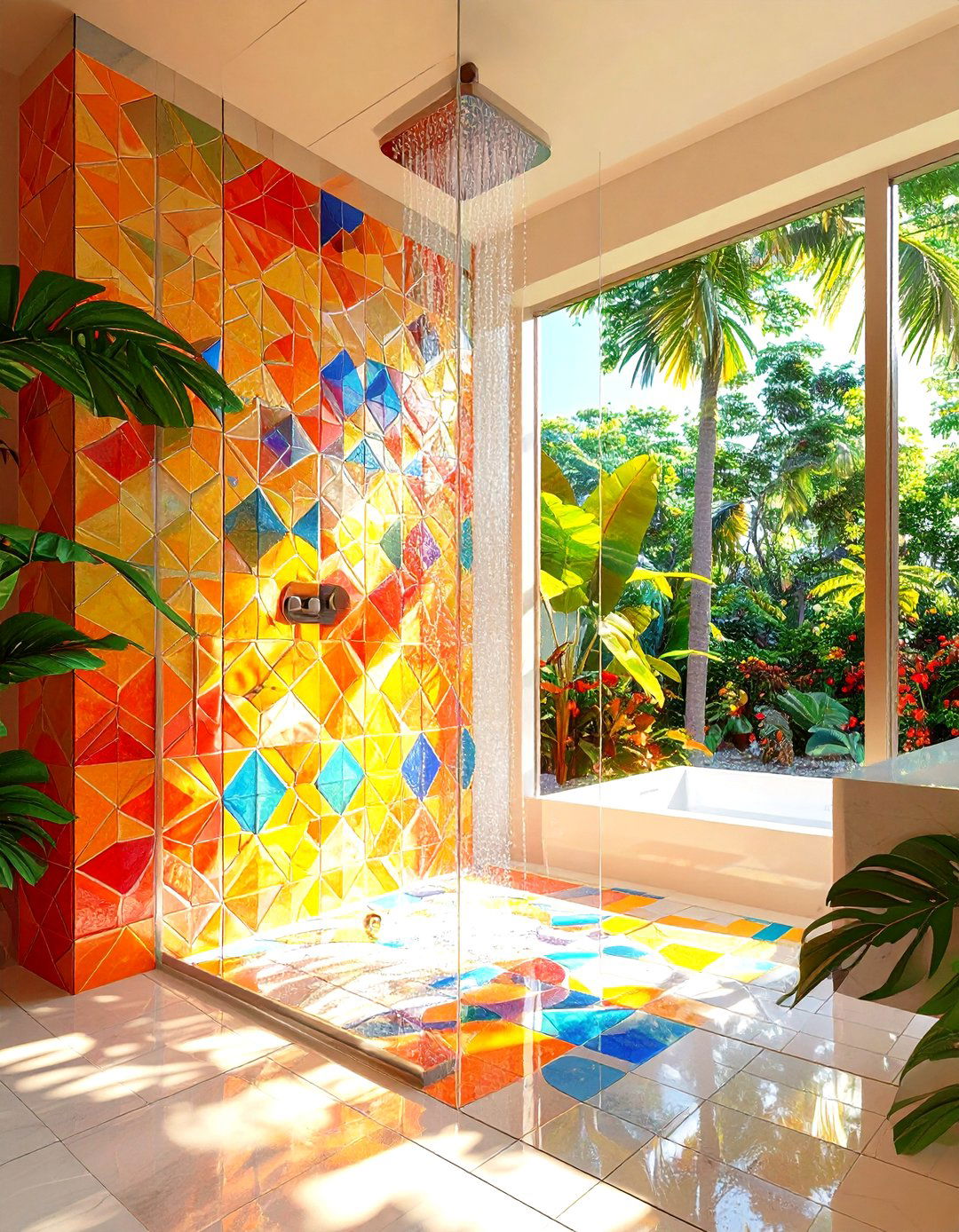
Three-dimensional tiles with wave, geometric, or organic relief patterns give shower walls a sculptural quality, playing with light and shadow for dynamic visual interest. Available in ceramic, porcelain, or composite materials, 3D tiles transform a flat surround into an immersive, tactile surface that doubles as artwork.
Conclusion:
From enduring classics like subway tiles and marble slabs to innovative materials such as grout-free acrylic panels and artisan tadelakt plaster, these 20 shower surround ideas demonstrate the vast potential for combining form and function in bathroom design. Whether your priority is low maintenance, budget-friendly installation, or high-end luxury, there’s a surround solution tailored to your taste and lifestyle. By selecting the right material, pattern, and finish—and incorporating features like niches, glass panels, and lighting—you can craft a shower that not only protects but also elevates the entire bathroom experience.


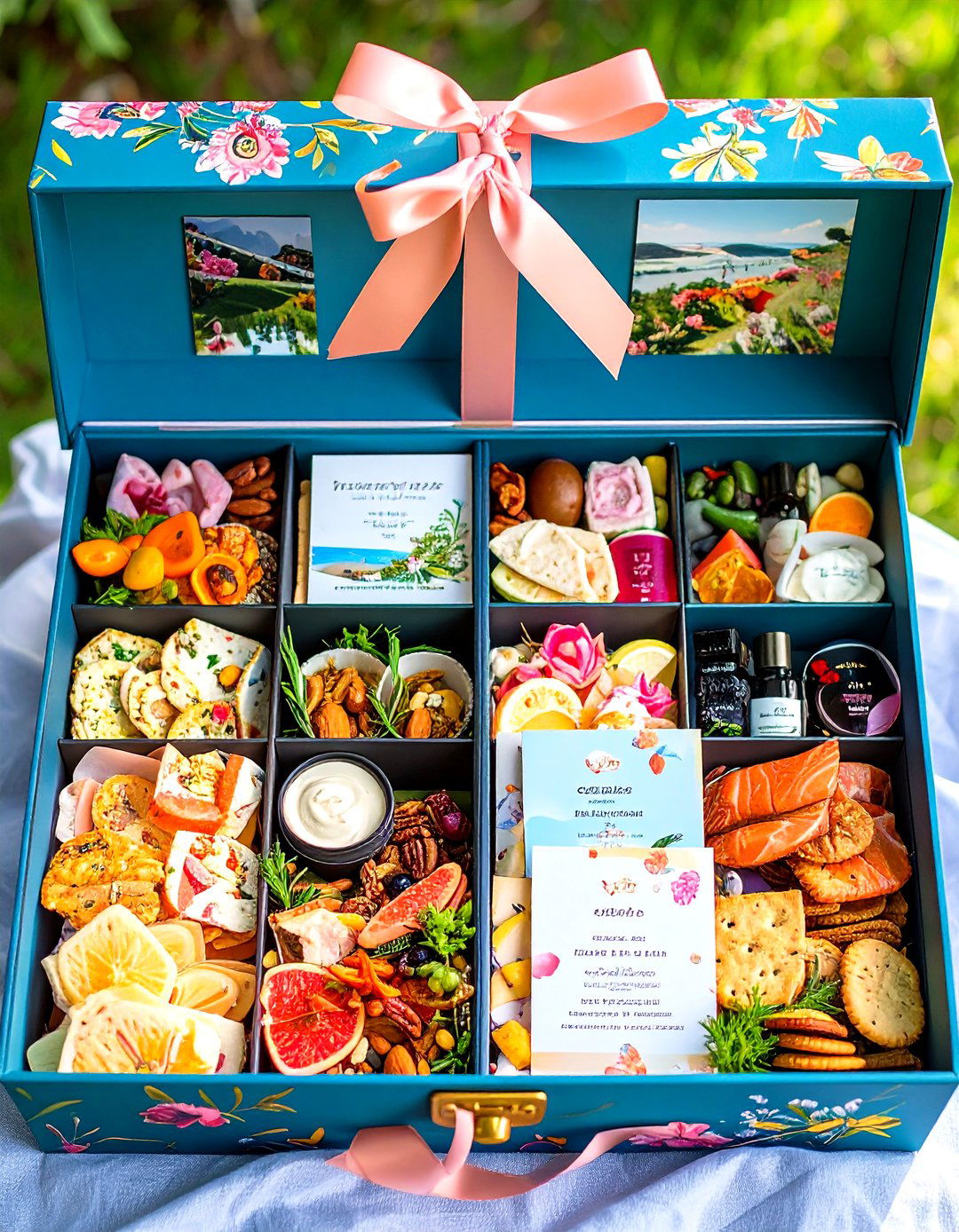
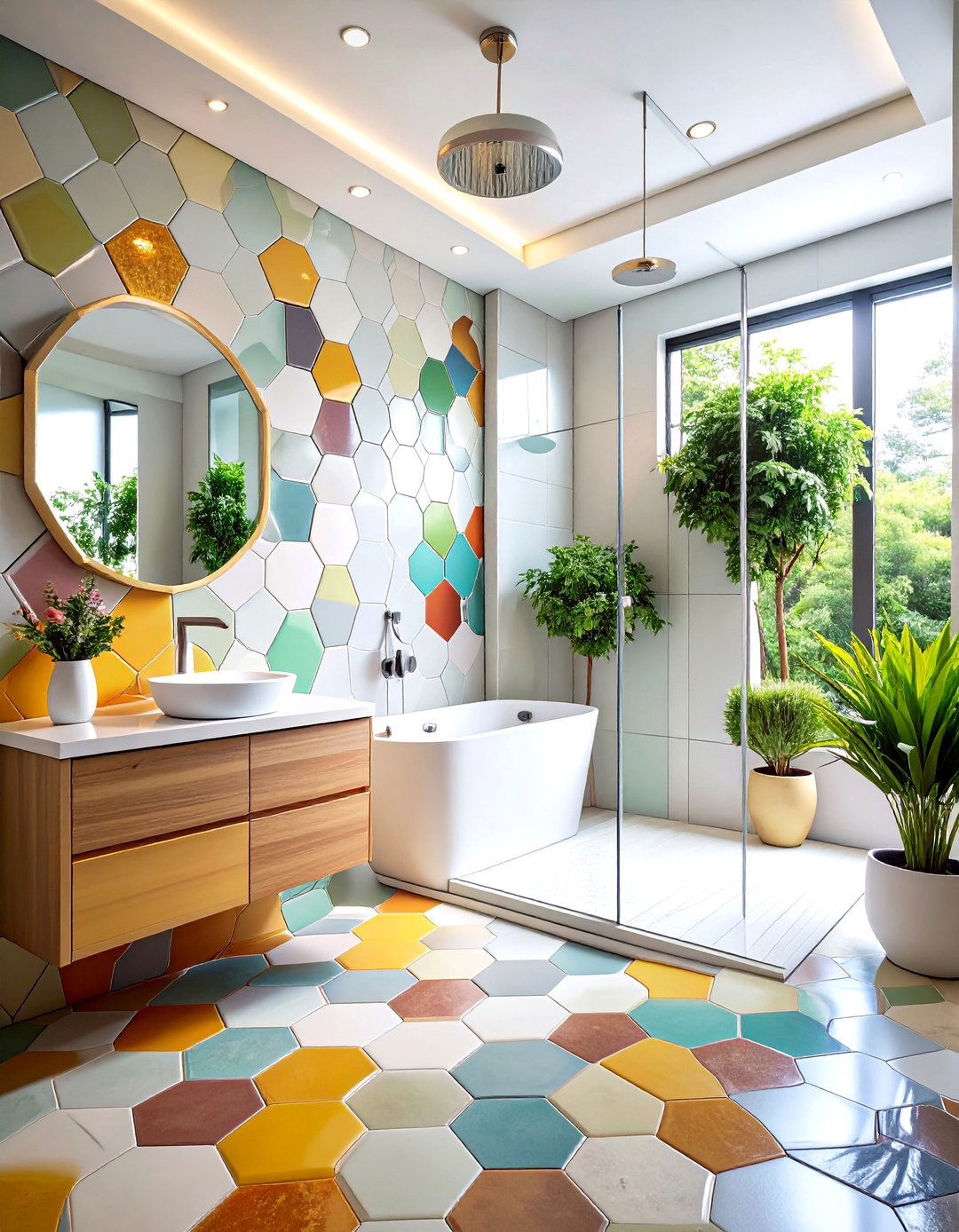
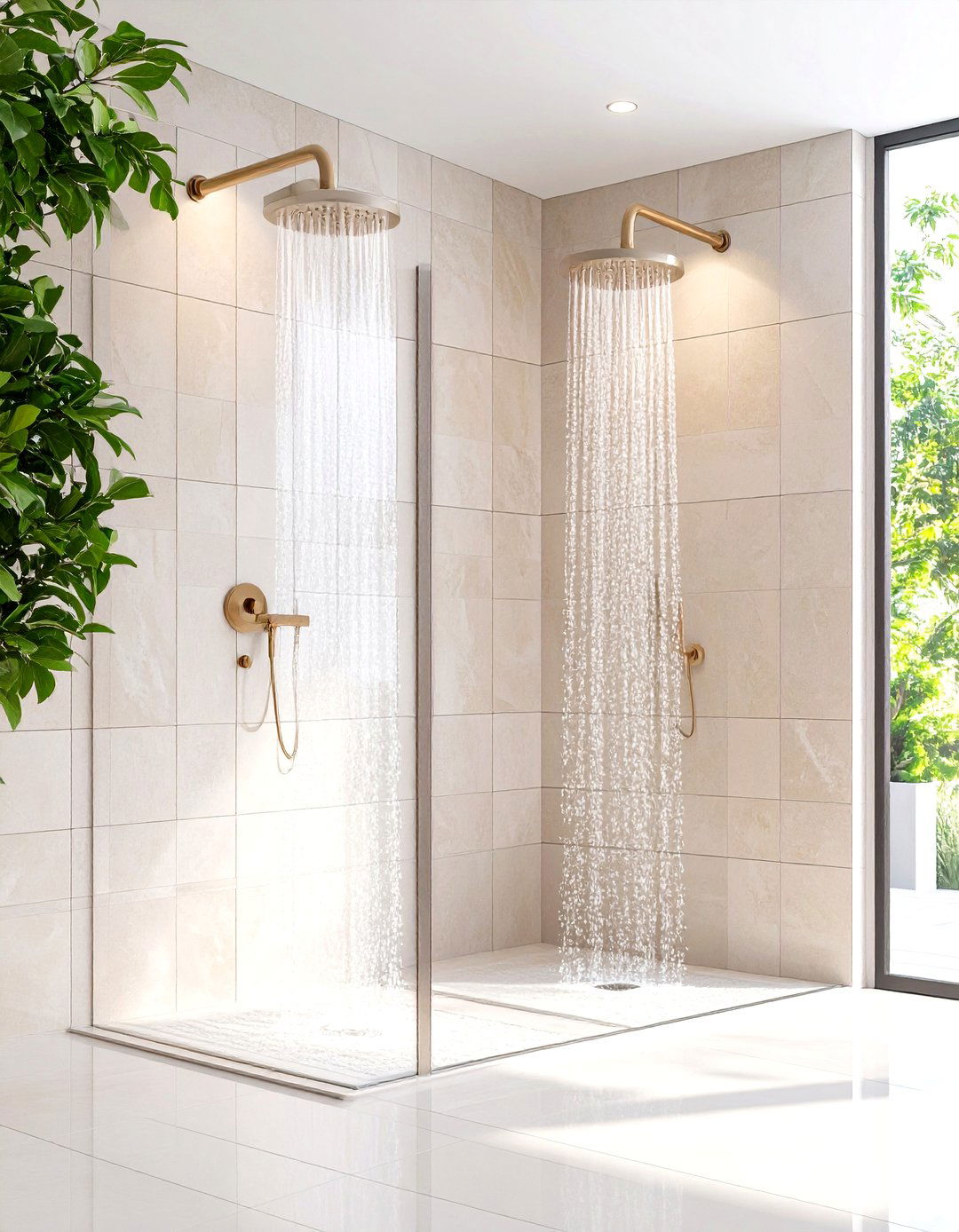

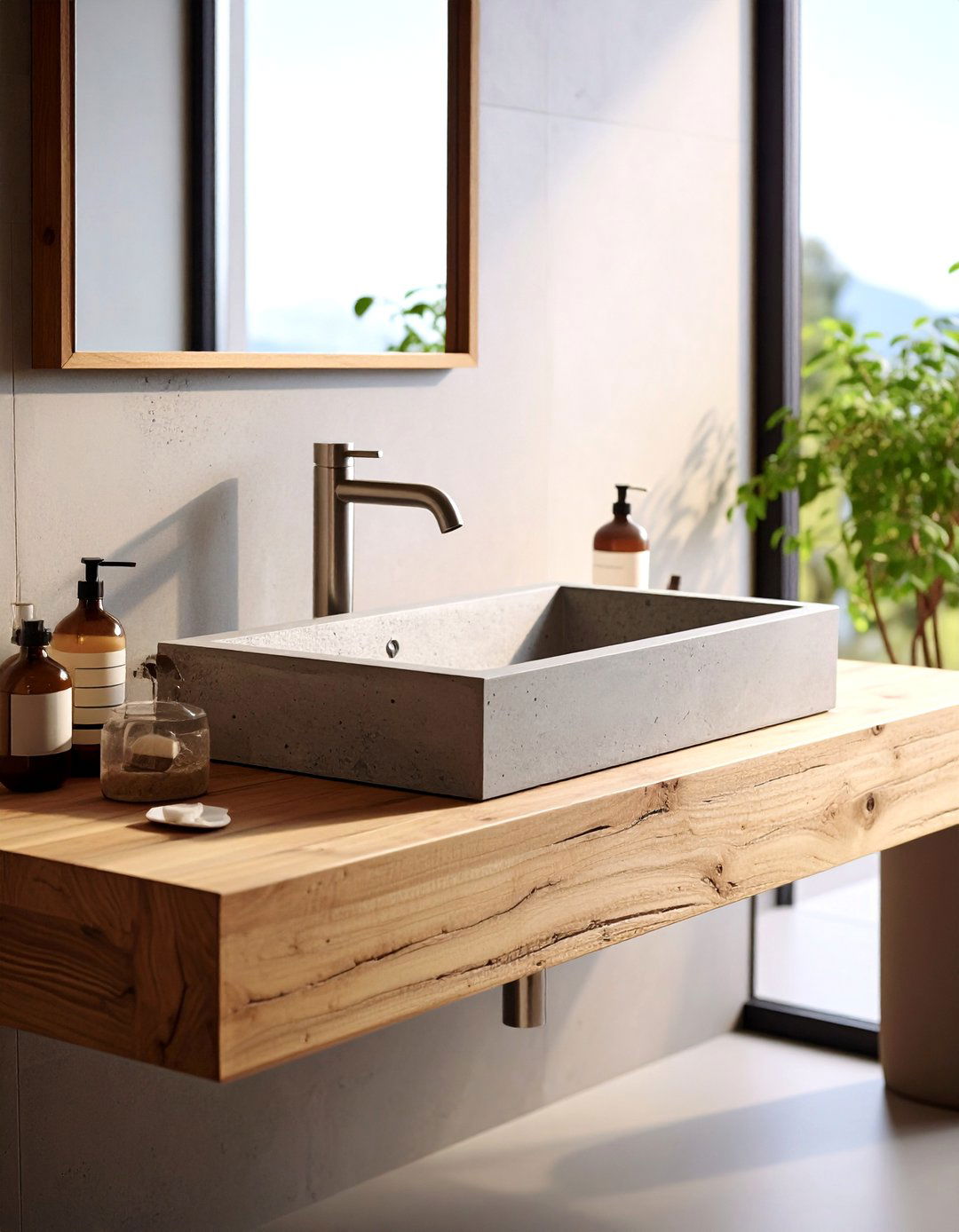
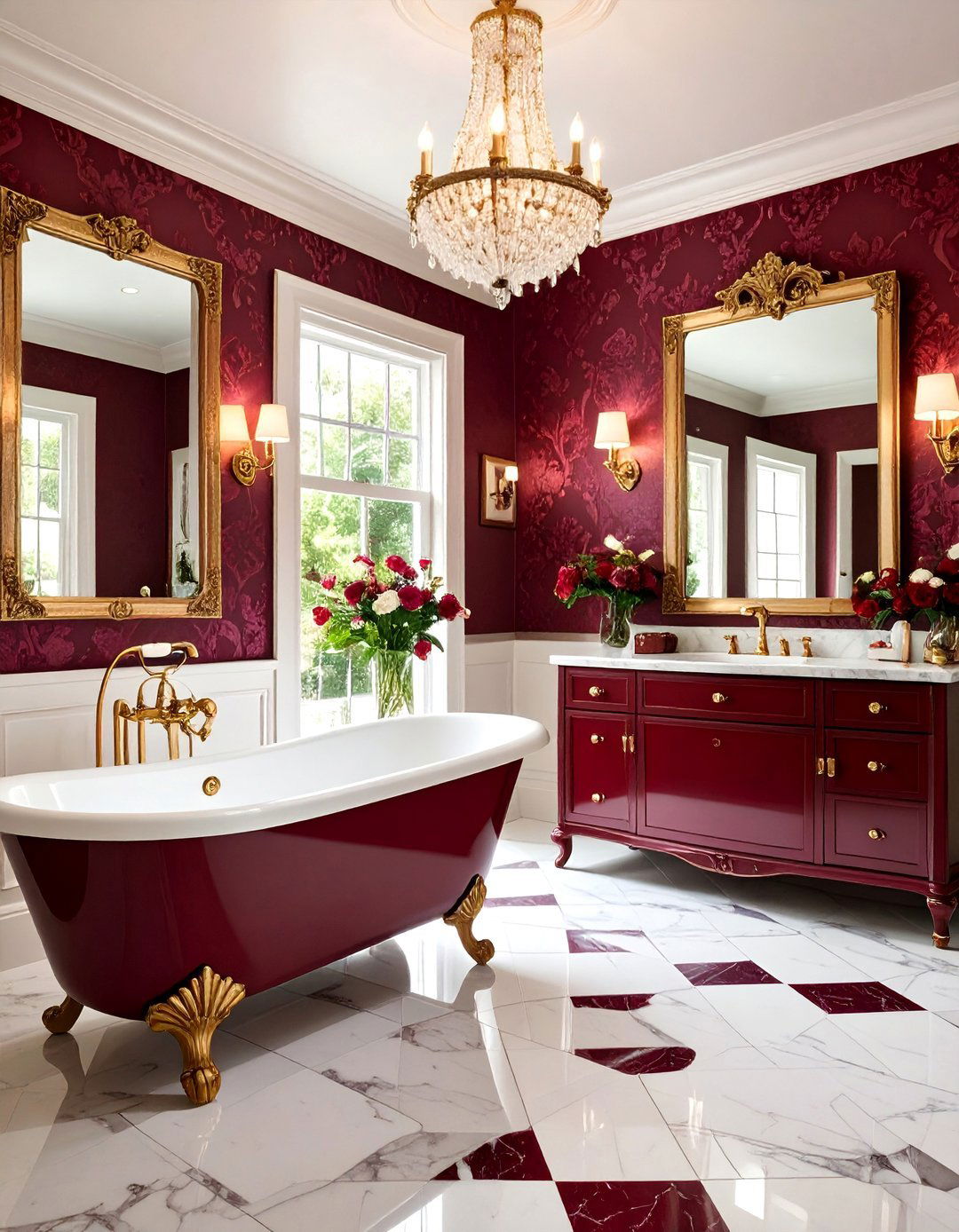
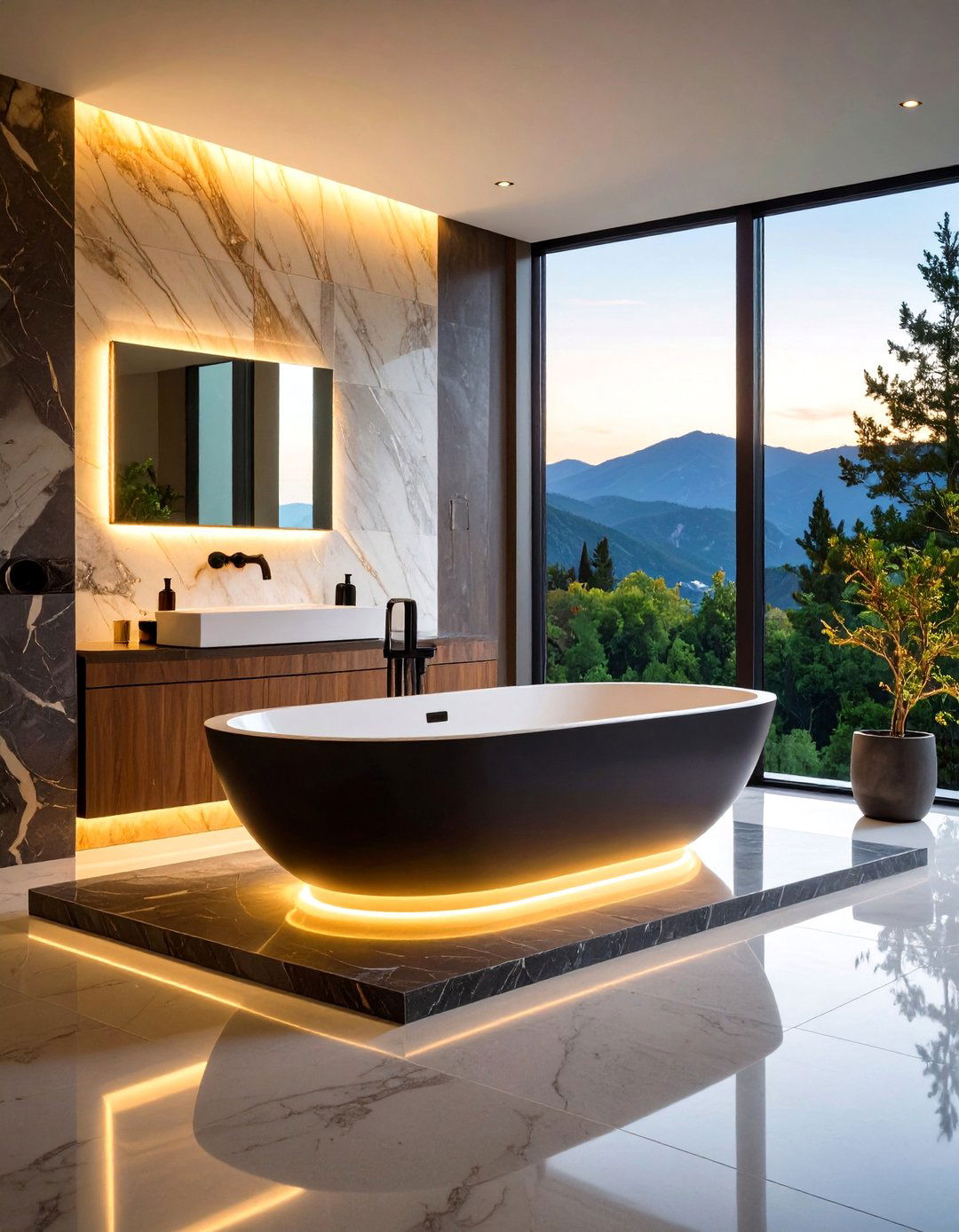
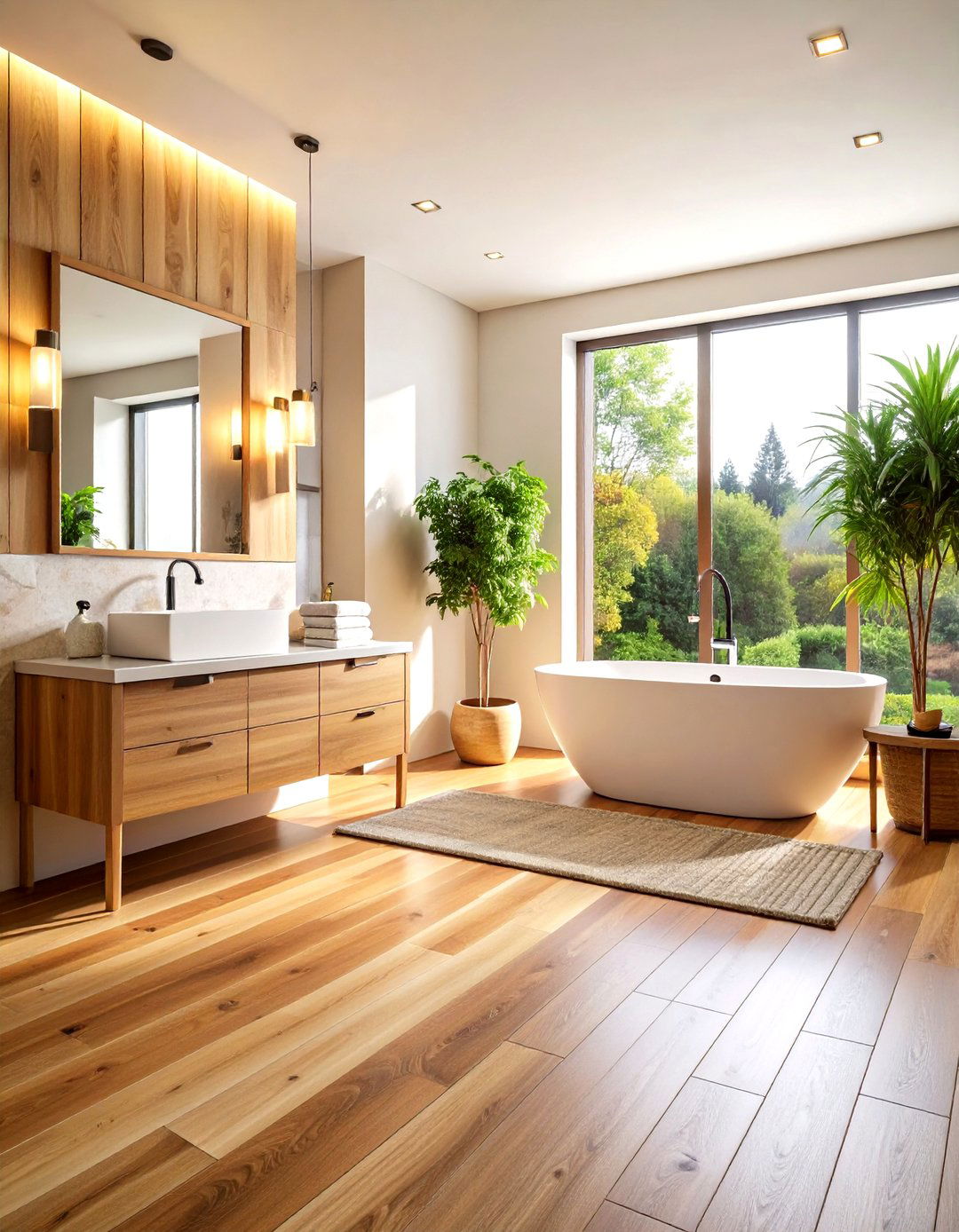
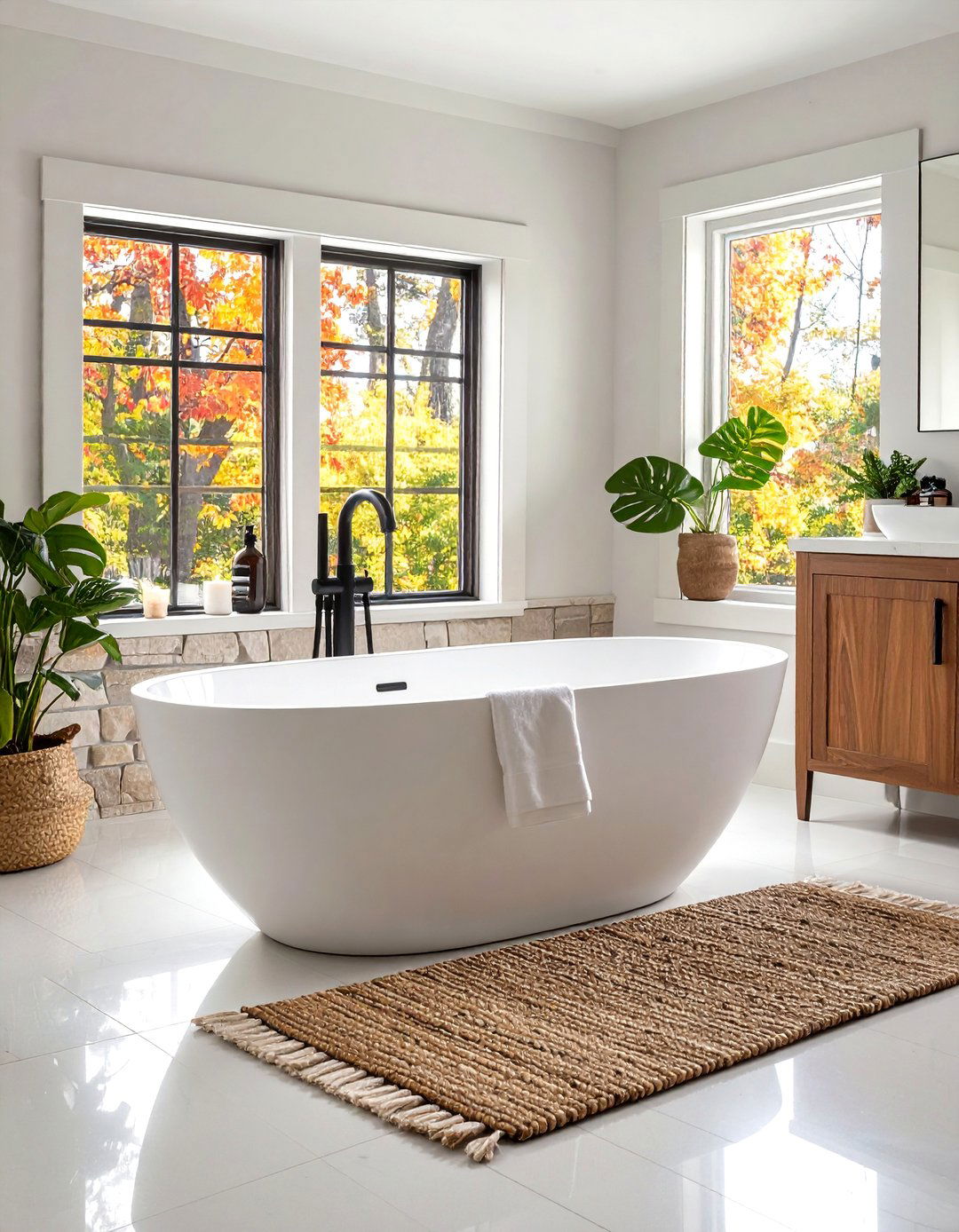
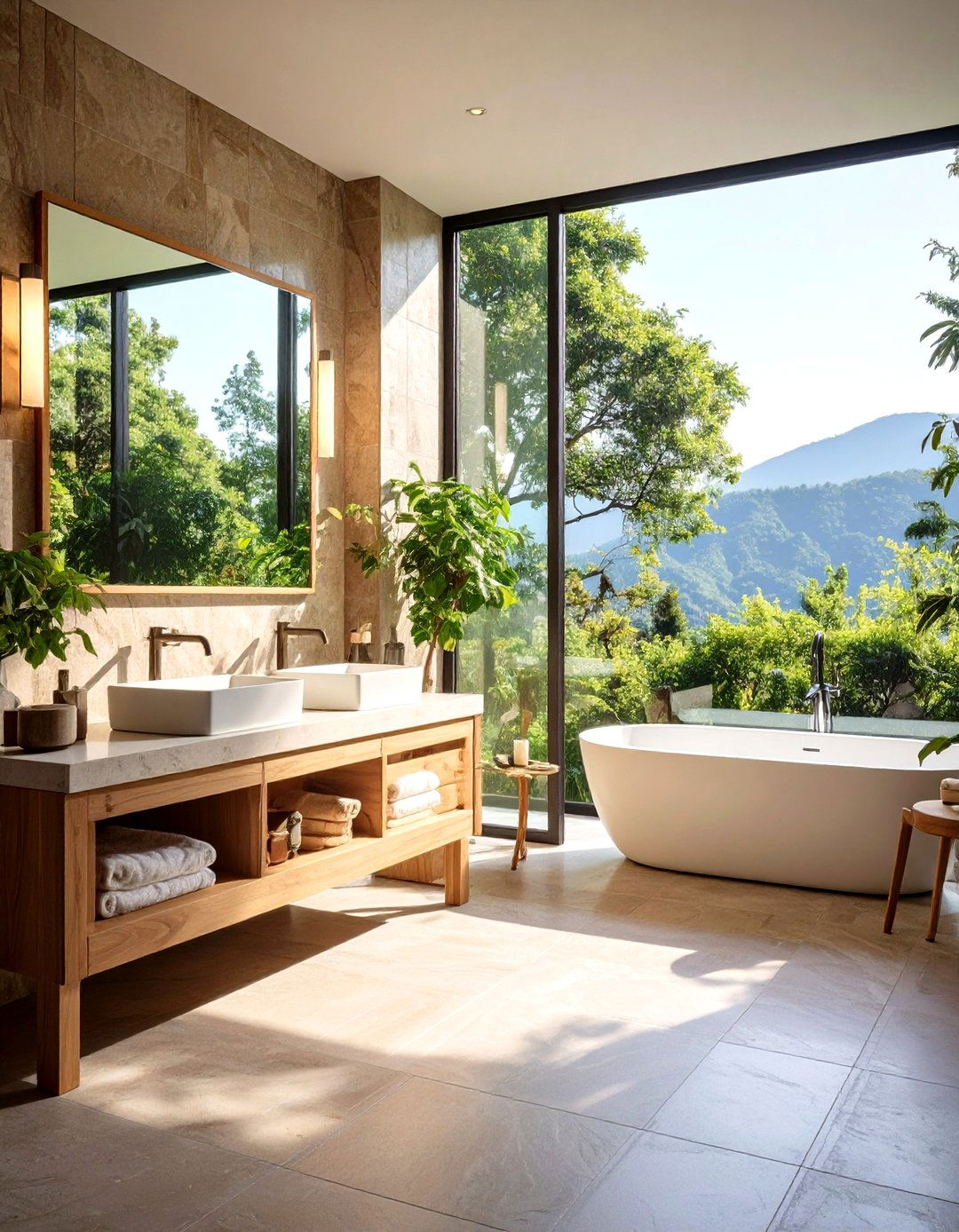

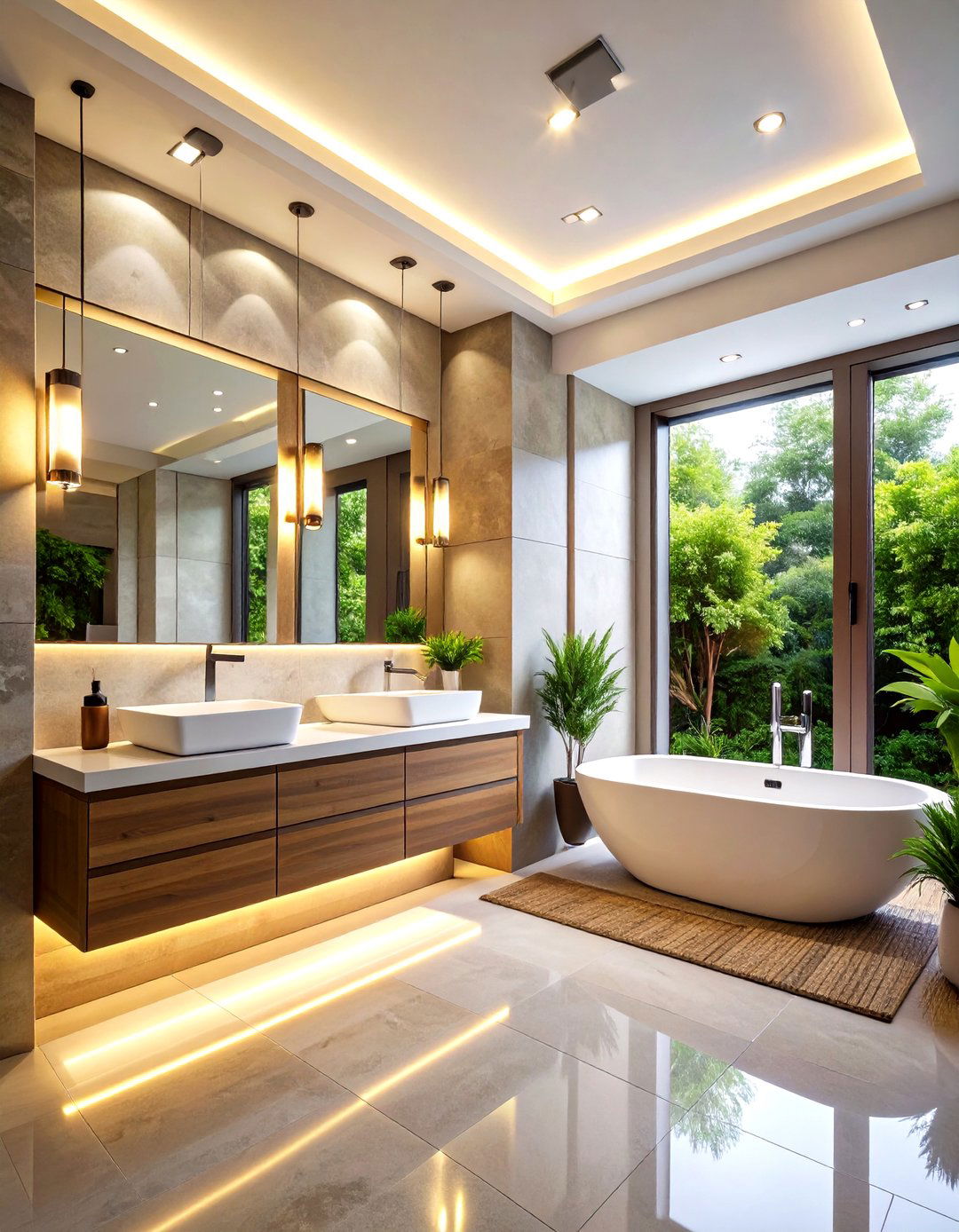
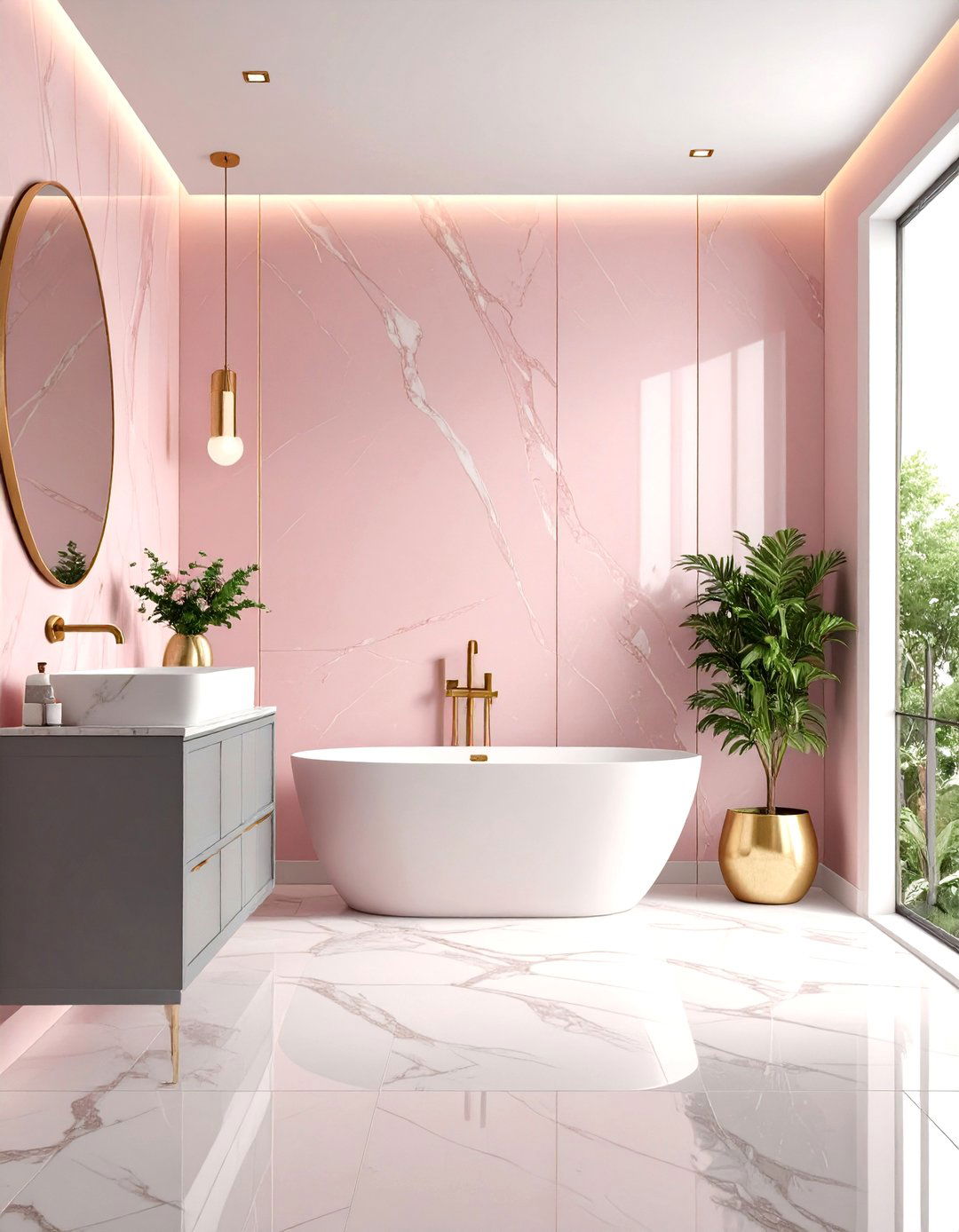
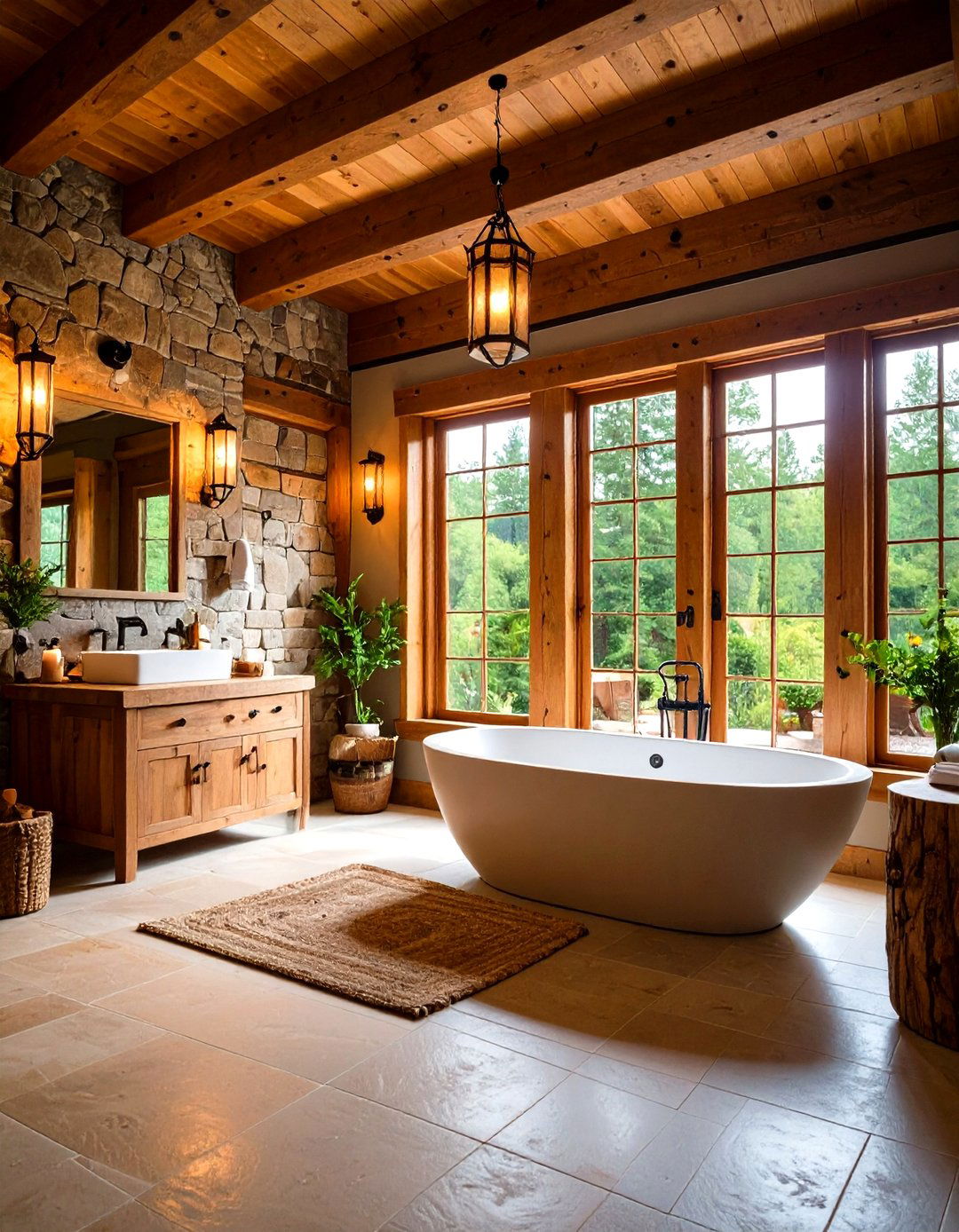
Leave a Reply